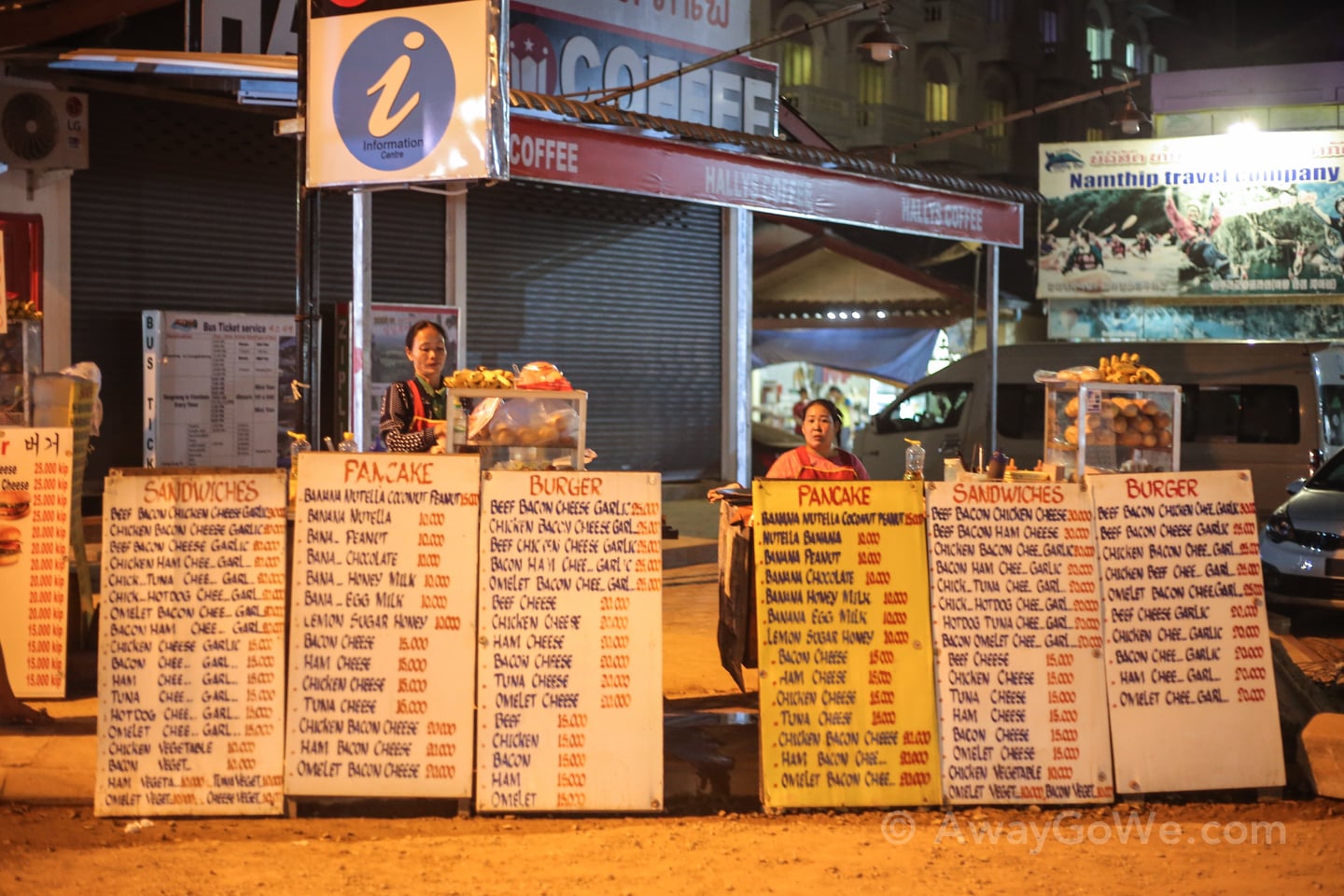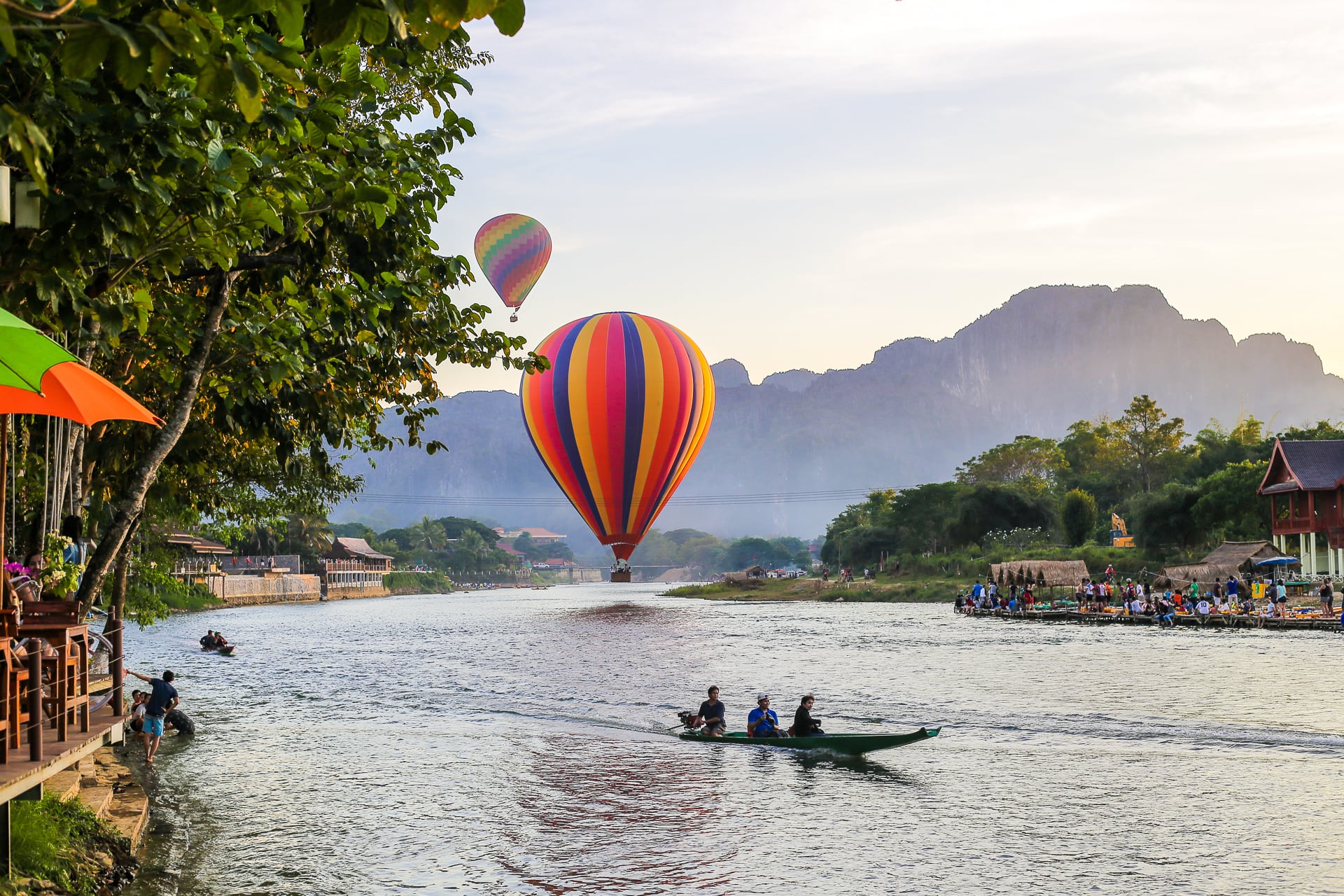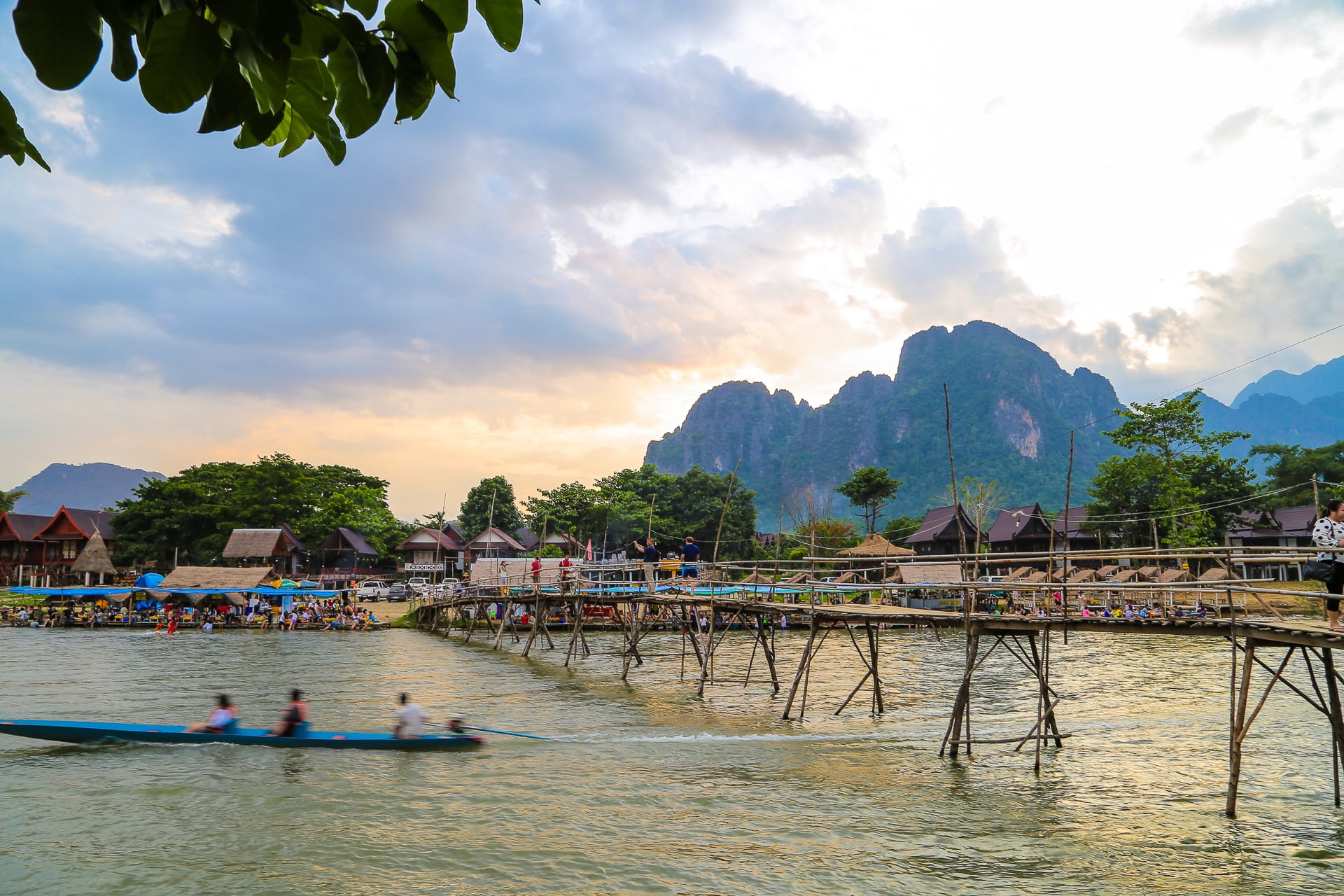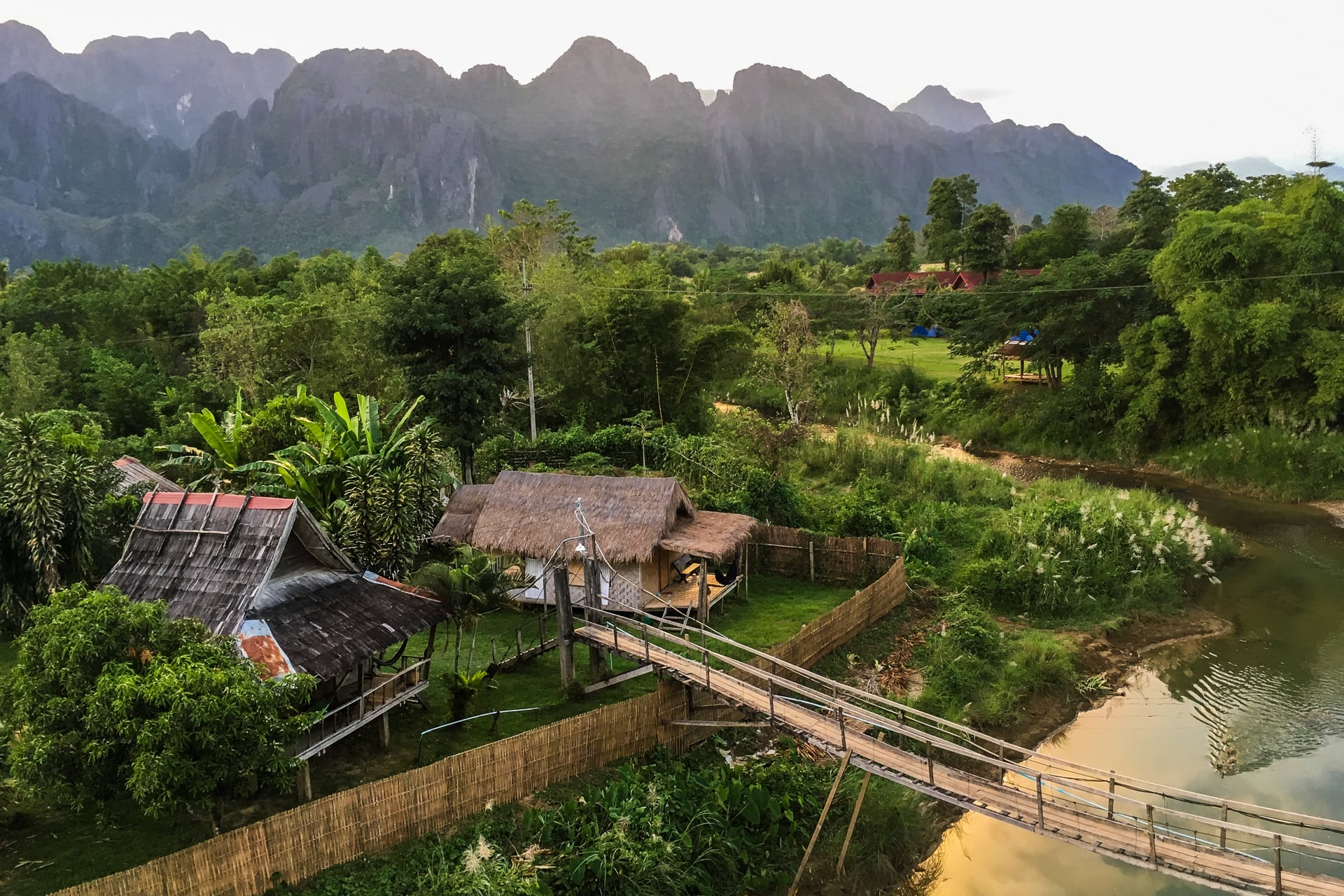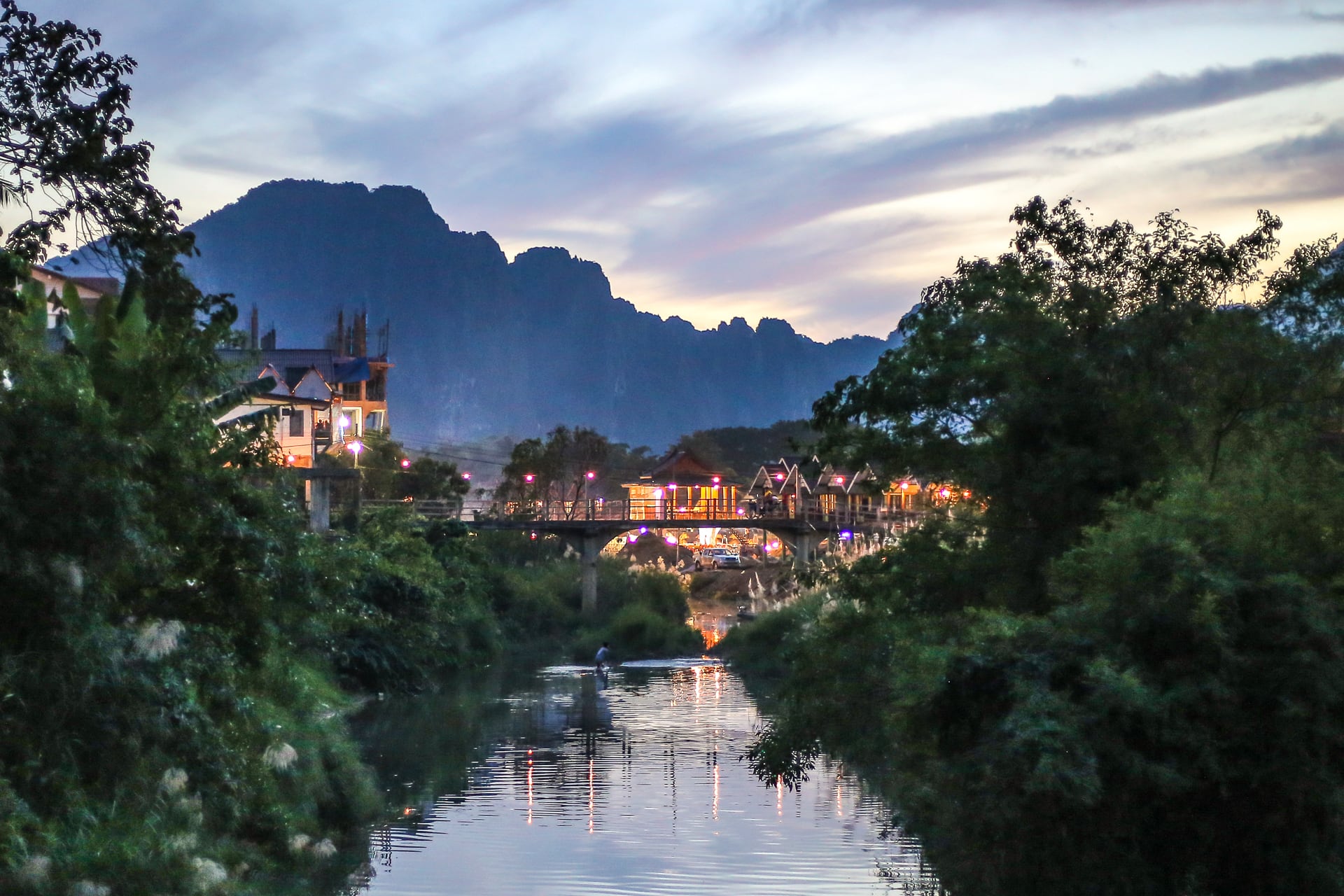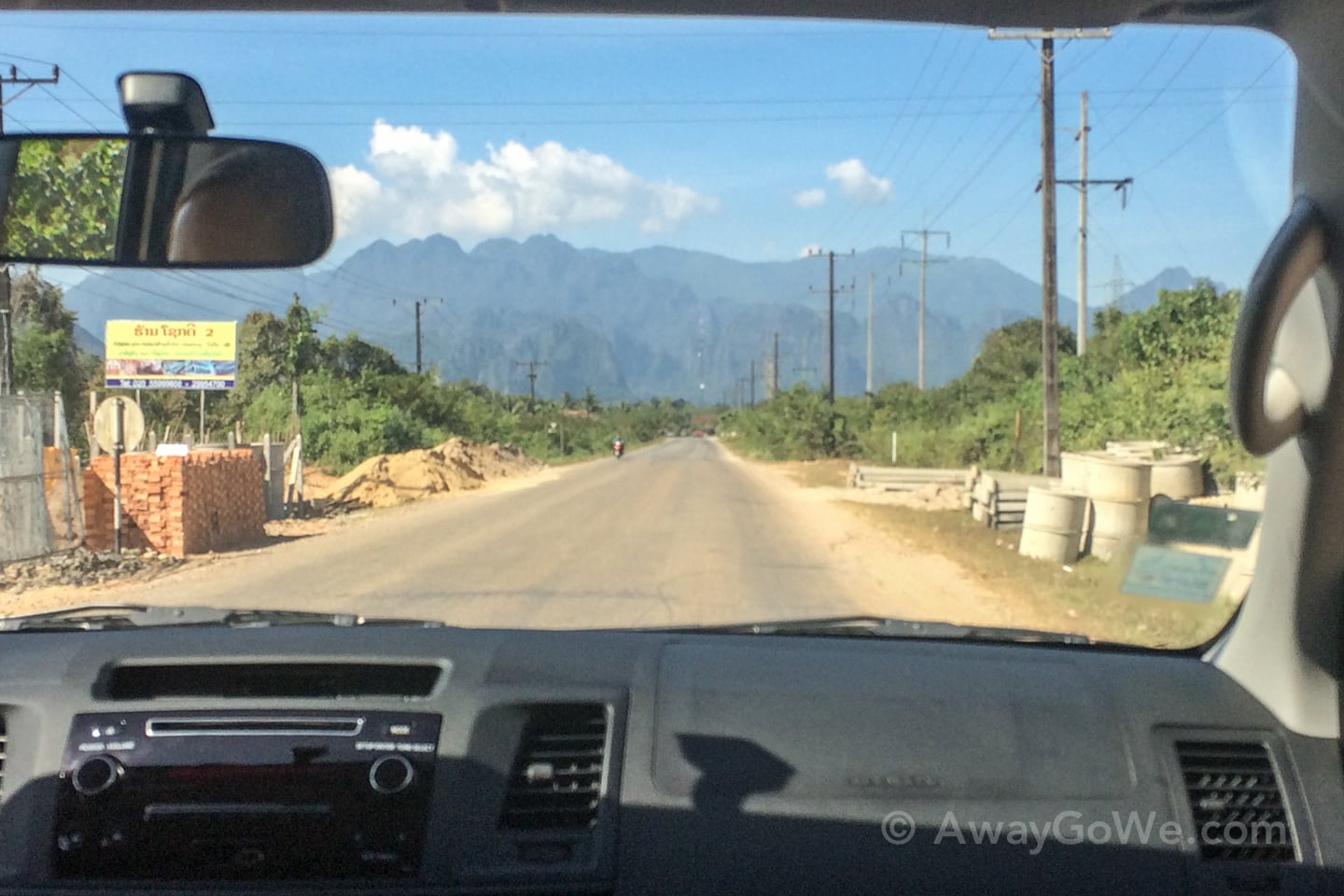
Vang Vieng is one wacky place. But it used to be a heck of a lot wackier. We took advantage of the recent four-day holiday weekend (Lao National Day and International Disabled People Day, of course — what 4-day weekend were you thinking of?) and made the four-hour drive north to check out what all the fuss was about, knowing full and well that we had missed the party by about four years, which was just fine with us.
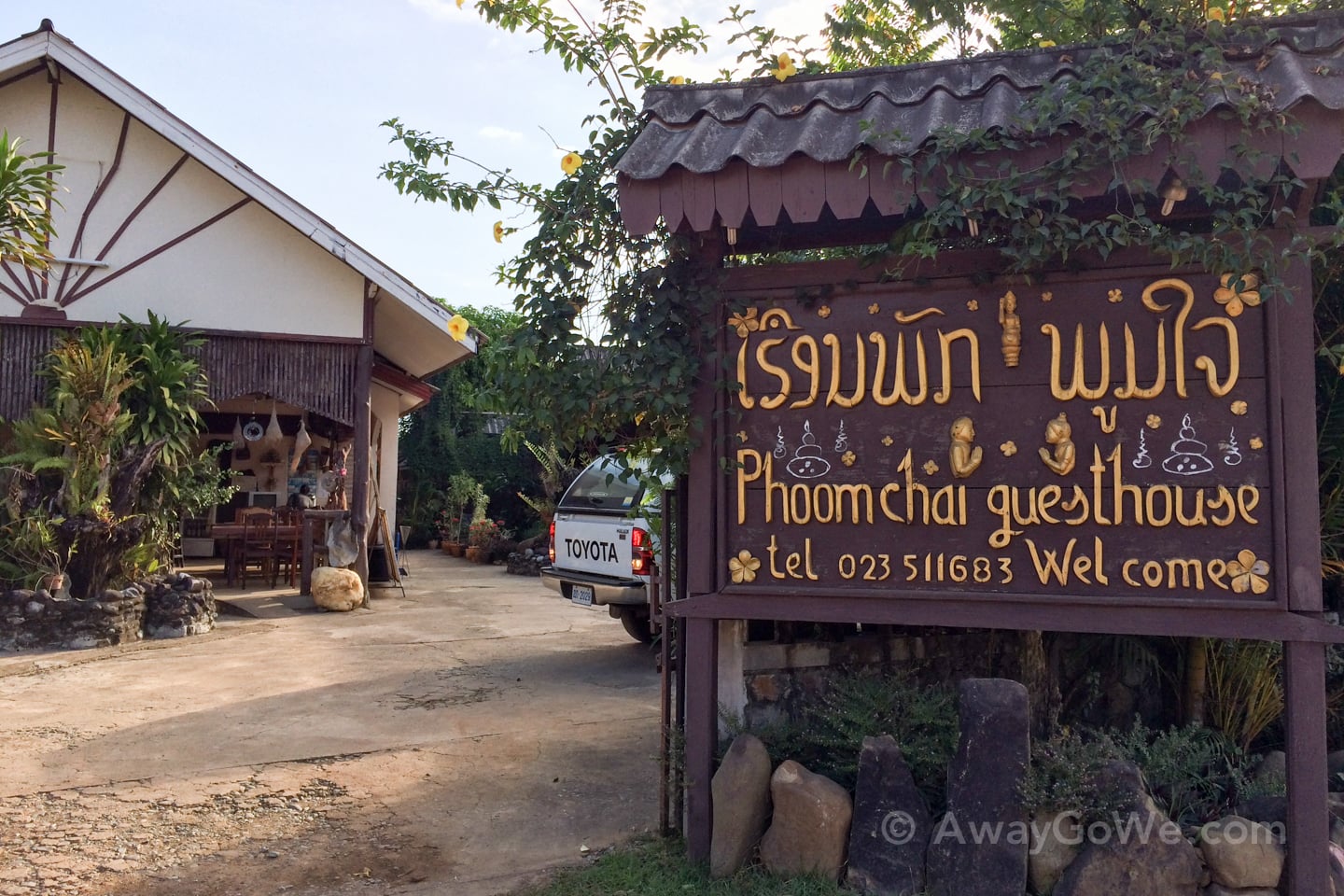
Most of the prime cabanas right on the river were booked solid (or really expensive) because of the holiday weekend. It’s nothing fancy and a bit of a walk from the center of town, but Phoomchai suited our needs just fine. The location turned out to be asset for us as it was outside of earshot of the town’s busiest bars and nightclubs, and really only a ten minute walk to most things.
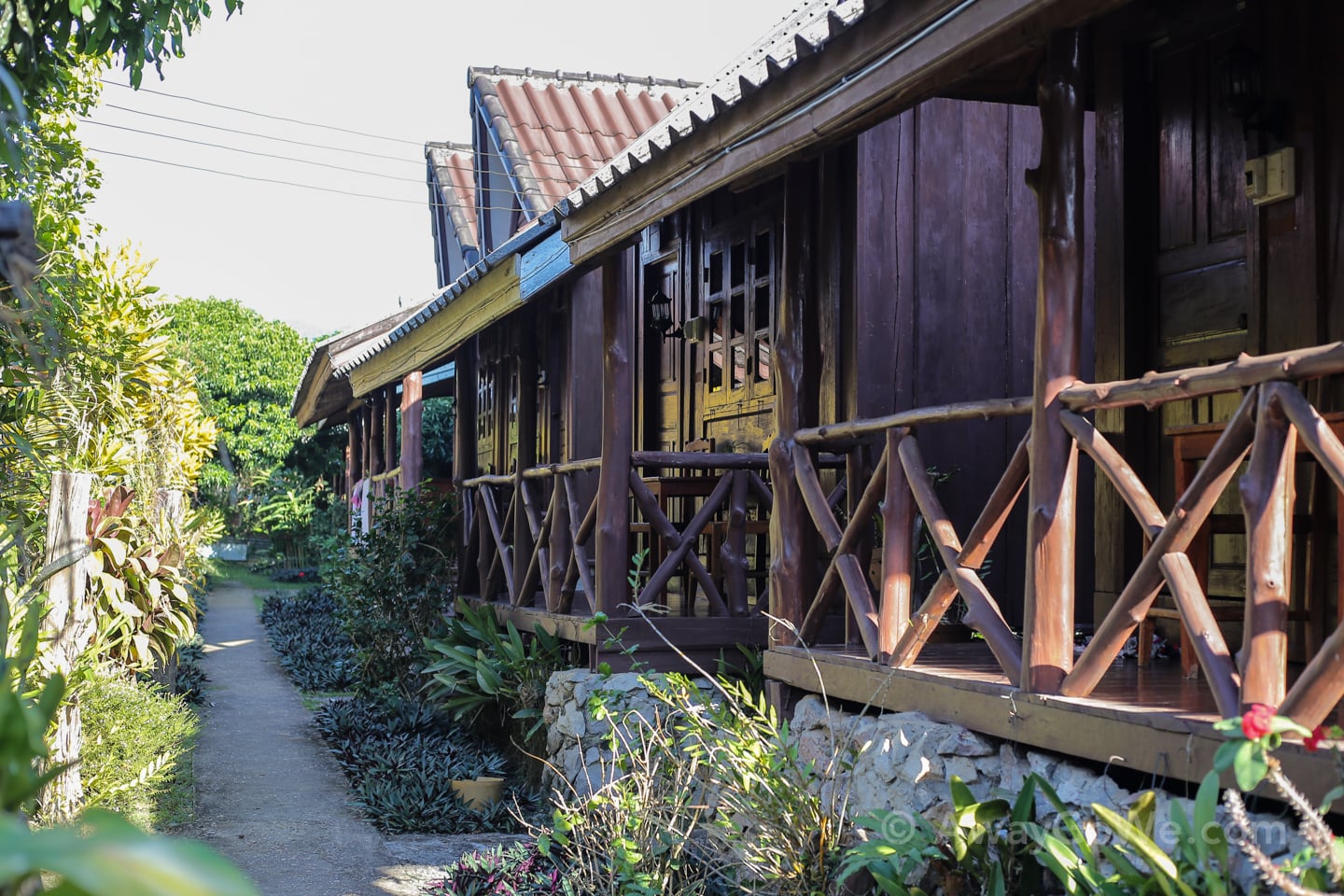
Our first impression of Vang Vieng was that it reminded us of a cross between Baños, Ecuador and Railay, Thailand (minus the jaw-dropping gorgeous beaches, of course). In retrospect, I think the comparison wasn’t too far off. If we had been here five years ago, we probably wouldn’t have gotten the same vibe.
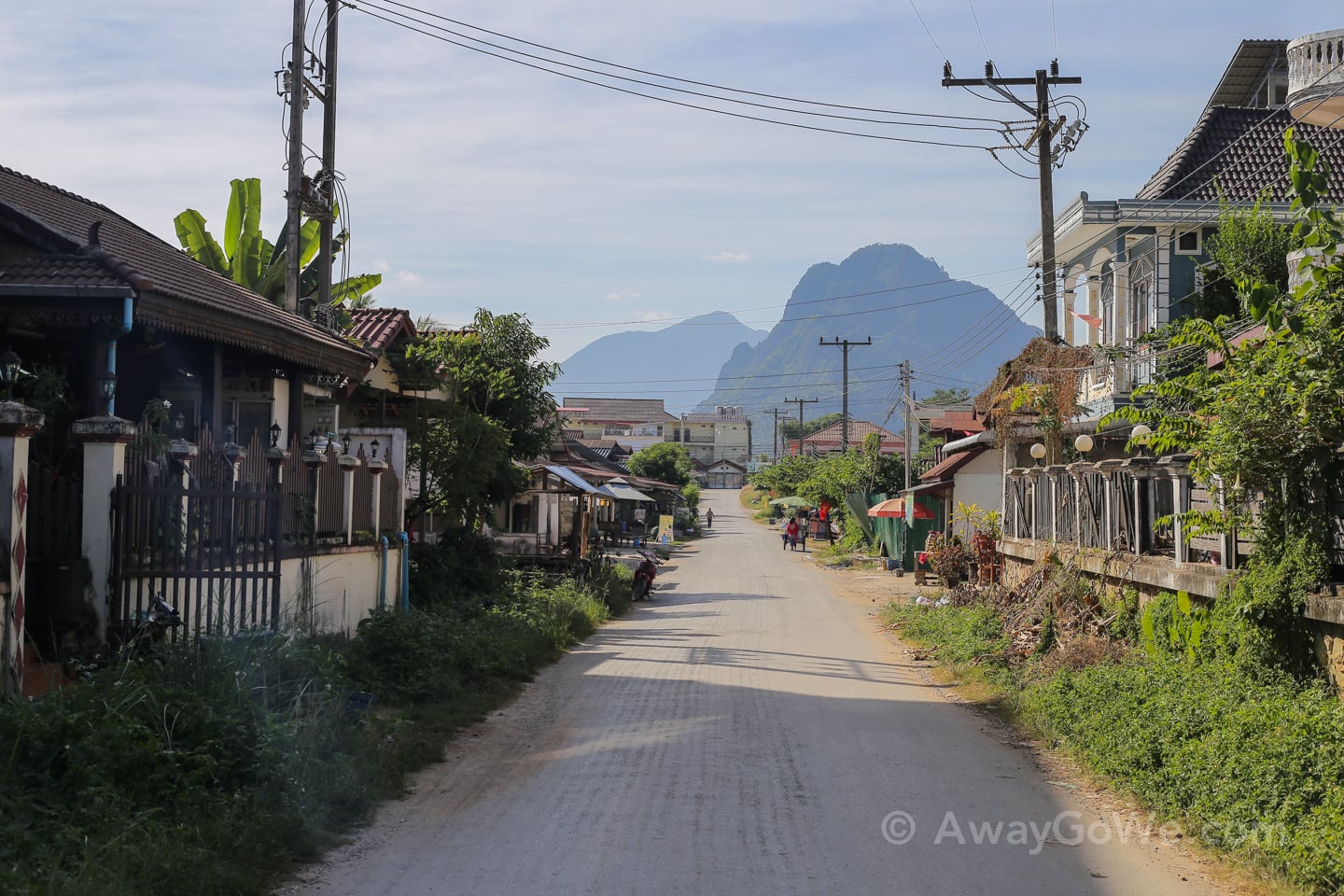
Known today as one of Southeast Asia’s outdoor recreation meccas, this laid back town of about 25,000 full-time residents was once considered by gap-year students and 20-somethings across the globe to be the craziest nonstop river party in the world. Hard to believe now, walking VV’s languid dirt roads in high season at any hour, where the most excitement seemed to center on groups of Koreans taking selfies of themselves chugging BeerLao or a group of British backpackers cheering for a footy match on TV. But yes, Vang Vieng was a pretty crazy place — almost legendary — but for all the wrong reasons.
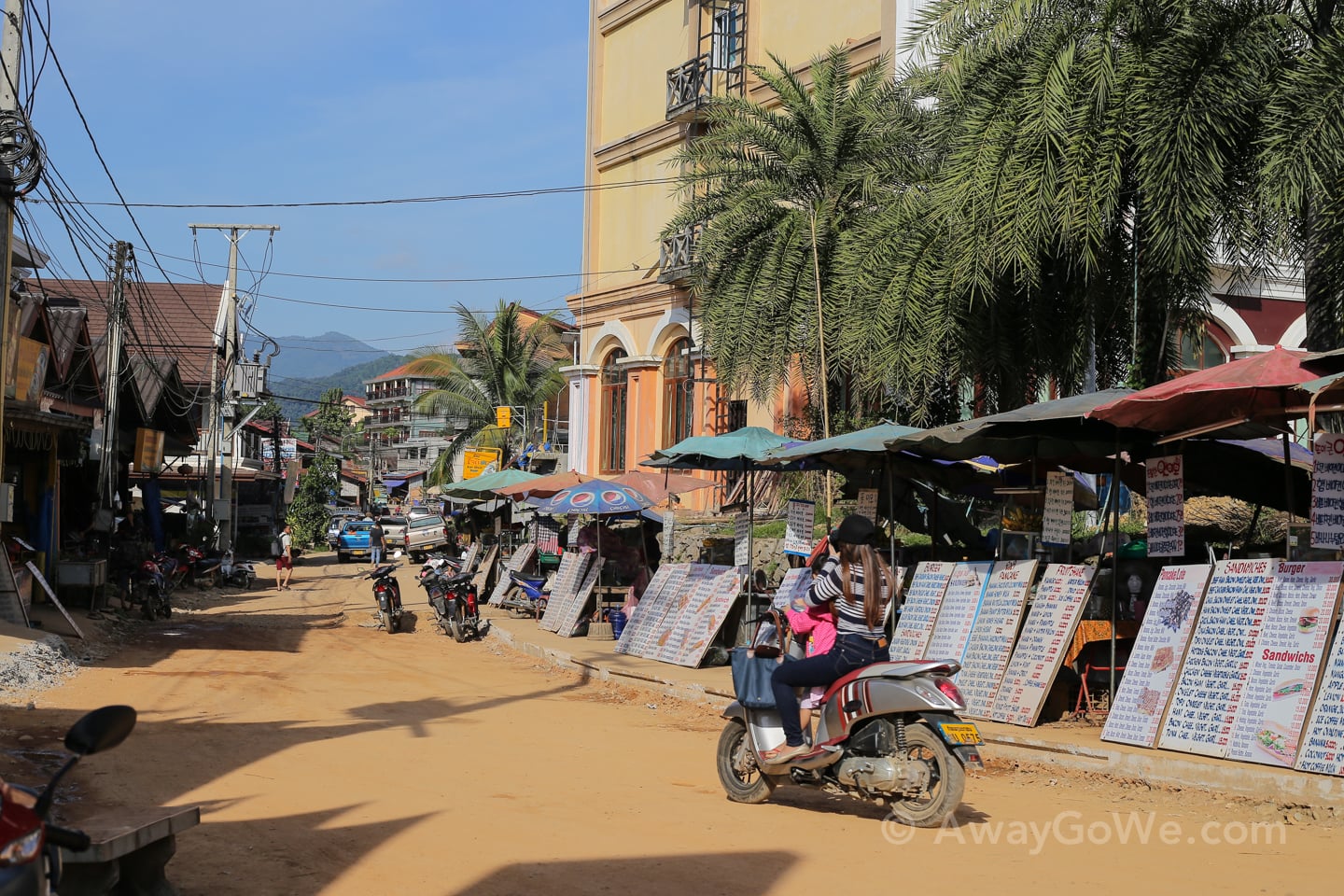
It began innocently enough. When Lao PDR opened up to the west in the 1990s, rock climbers following the backpacker trail from Luang Prabang to Vientiane took notice of the majestic karst cliffs just outside of town. Many of the climbers volunteered at an organic farm in the area where they would receive food and accommodation in exchange for working on the farm. One day, the owner of the farm thought it might be fun for his farmhands if he lent them the old inner tubes from a truck so that they could float the river into town after a hard day’s work.
That was 1999. Backpackers caught wind of the fun and began visiting VV in increasing numbers over the next few years. Locals naturally took advantage of this influx of visitors, constructing bars along the float route catering to the tubers.
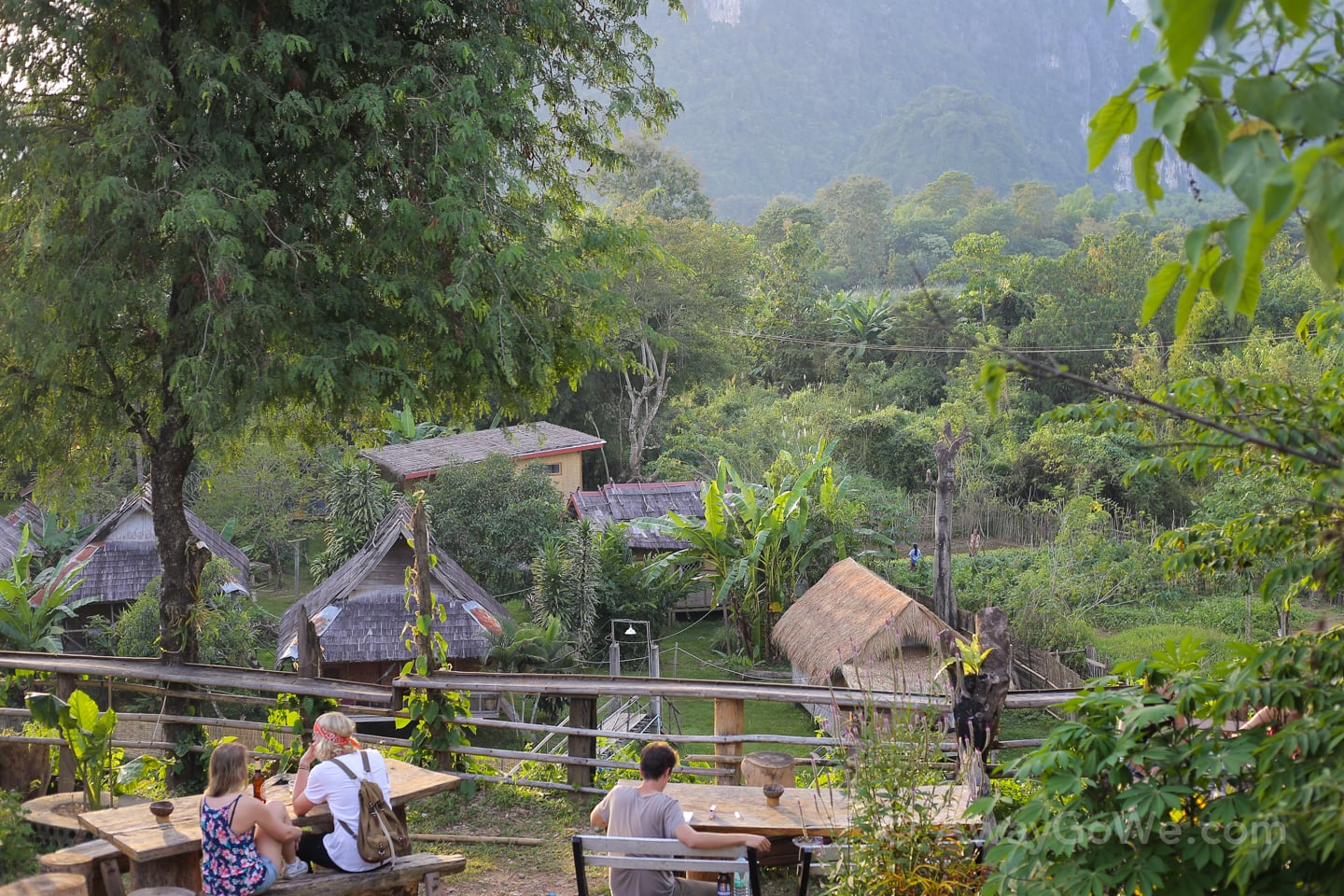
It’s not exactly clear how over the next decade VV went from a quiet outdoor recreation destination to Party Central where anything goes and dozens of young foreigners were dying as a result. It’s likely, however, that several factors — lack of regulation and enforcement, lack of income generating opportunities and level of poverty of the surrounding communities, and VV’s prime location, natural beauty and ideal weather — contributed to the transformation. What is clear is that by the end of the 2000s, things had spiraled completely out of control, and the local authorities could no longer turn a blind eye to the chaos.
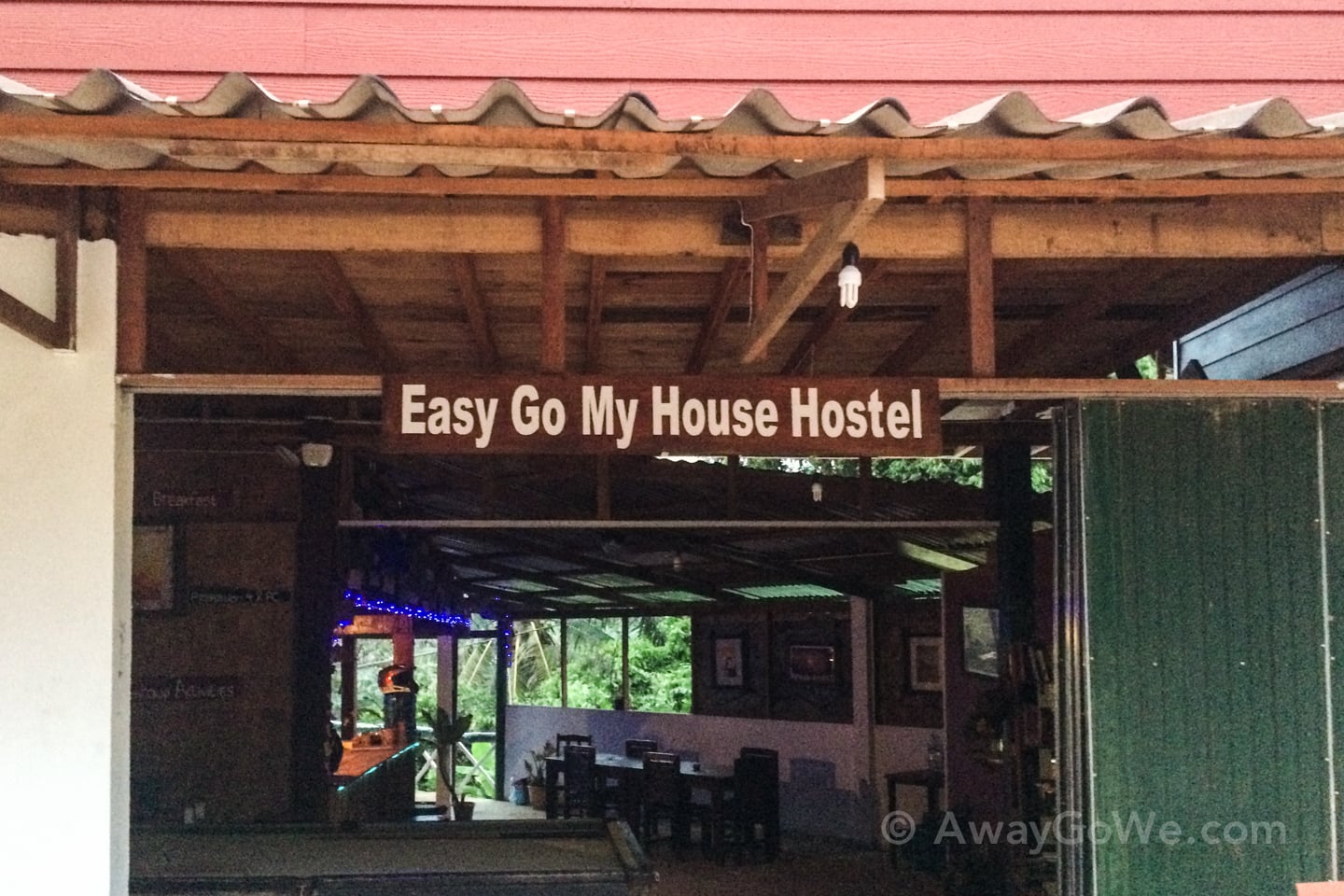
Ten years on, the level of lawlessness, debauchery, criminal activity, and serious injuries defied reality. Young Westerners flocked from across the globe to participate in the world’s biggest party. Weed, mushrooms, opium and local moonshine ran cheap and freely. Sex and nudity seemed all-pervasive, despite the extreme modesty of Lao culture.
By day, muddy, naked zombies roamed the streets of town, while their more lively counterparts floated the river, wasted and high, stopping at the numerous hastily constructed river bars all vying for business by offering the most death-defying zip-line, rope swing, or water slide.
Back in town, the river’s banks hosted dozens of raves from sundown to sun-up, every day of the week. Destruction and injury from bad trips were a nightly occurrence. The local hospital was constantly overwhelmed with mindless and completely unnecessary medical cases. As Lori’s brother (who visited in 2009) put it, it was “spring break, turned up to ’11,’ every single day.” And even that is an understatement.

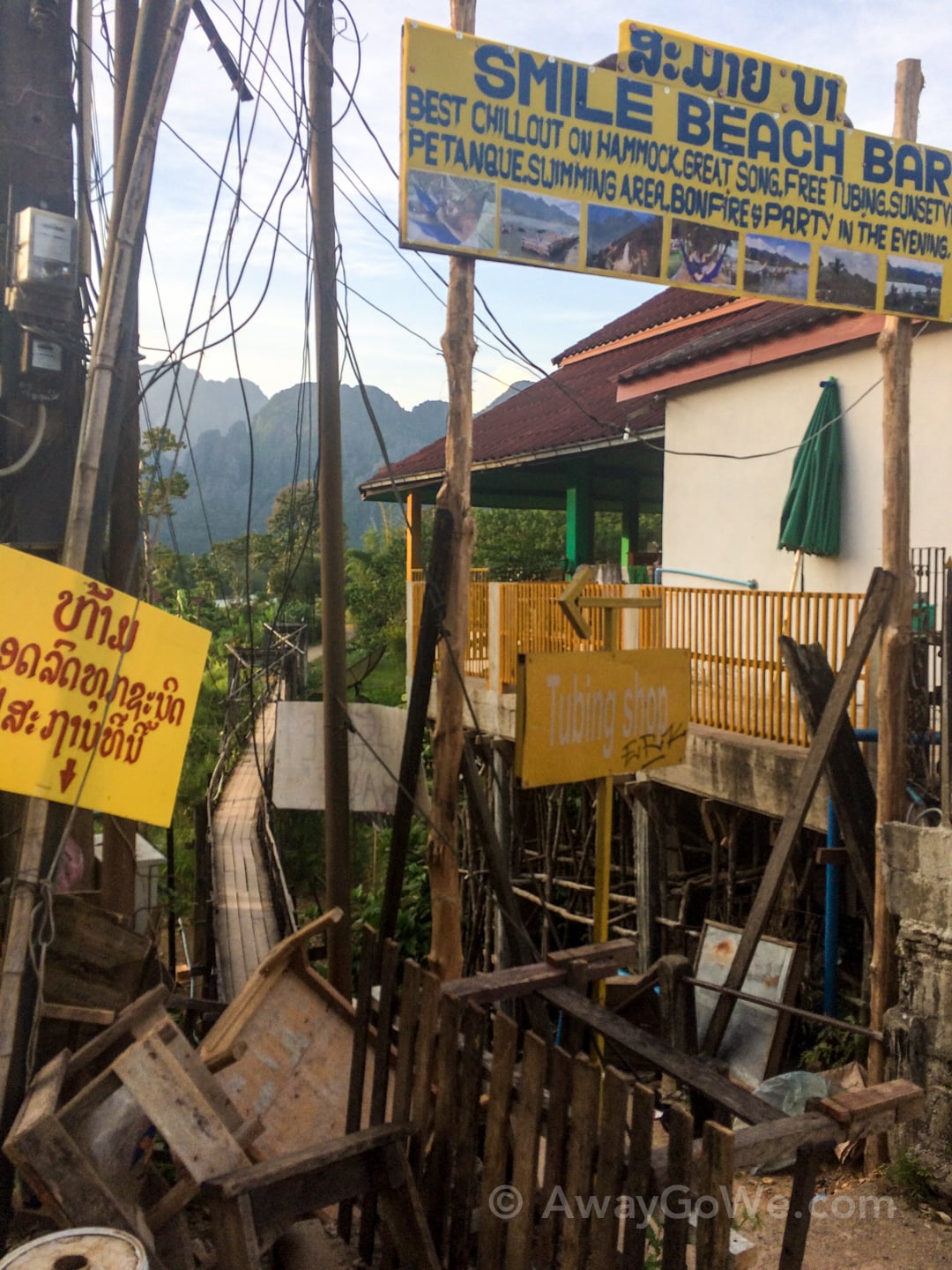
2011 was a landmark year for Vang Vieng. The local mortuary counted 24 deaths of Western travelers, largely related to drownings and head injuries from jumping off rope swings, zip-lines, and the aptly named “Slide of Death” into shallow water. The true death toll is believed to have been far higher, given that it does not count the numerous cases flown to Vientiane or Bangkok for treatment who ultimately died from their injuries in Vang Vieng. Parents of the deceased lobbied for regulation and oversight. Laos was to host the ASEM (Asia-Europe Meeting) summit the following year and the negative publicity of VV did not sit well with government officials.
We didn’t know it then, but the last remnants of this surreal chapter in Laos history were being dismantled as the bus we were on zipped through Vang Vieng in late October of 2012. By year’s end, not one riverside bar along the floating route remained. The ziplines, Slide of Death, and even the inner tubes had vanished overnight.
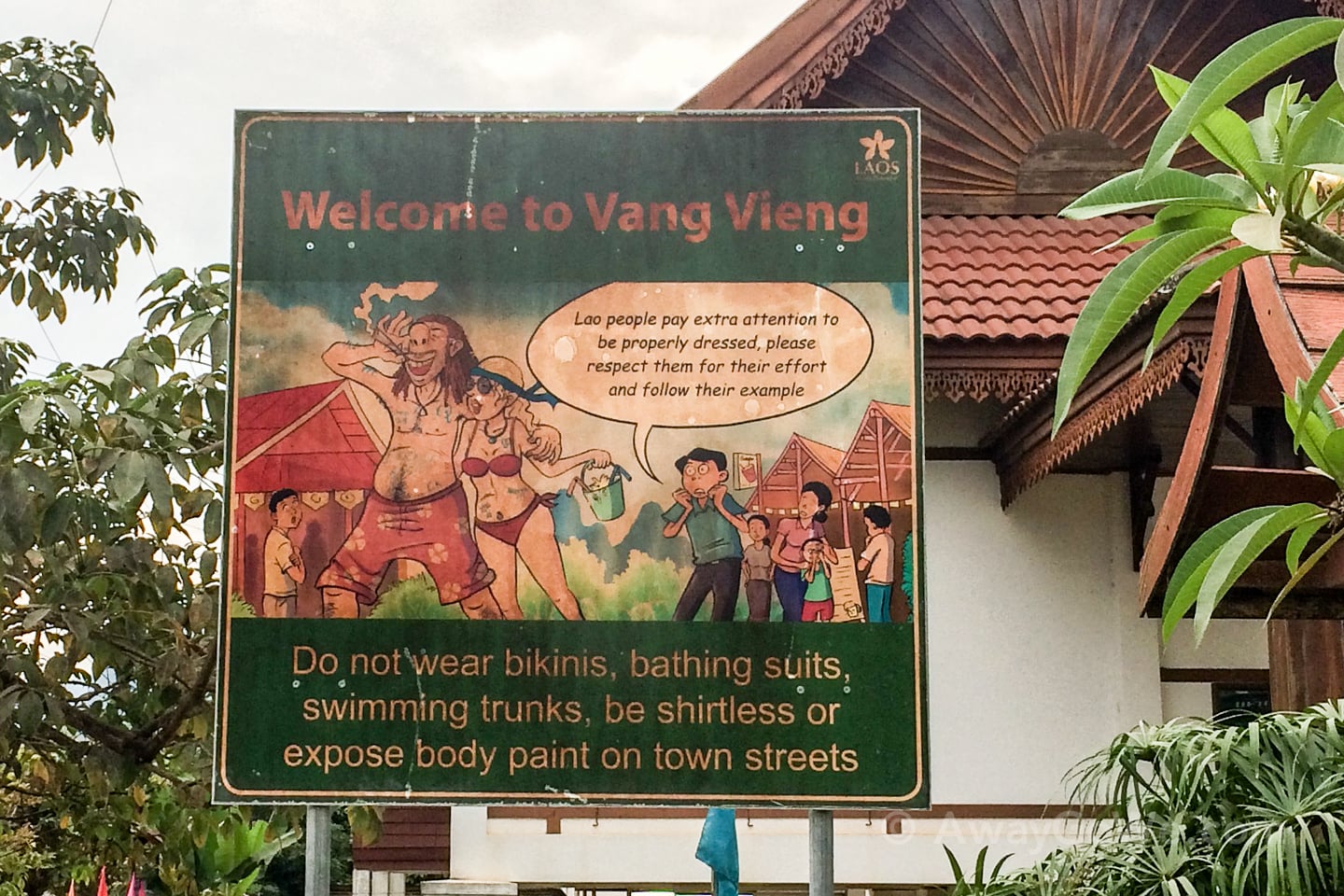
That’s not to say that the party ever stopped completely. It continues today, but you’d have to look for it.
In the past year, the party scene in Vang Vieng has seen somewhat of a resurgence, however, particularly owing to the influx of Koreans. The town featured prominently in a popular Korean TV show, and young Korean tourists have been flocking to VV ever since, hoping to reignite the town’s party spirit. This comes in the midst of focused efforts by local businesses to rebrand the town as an eco-tourism, outdoor enthusiast’s destination.
It’s a bizarre contrast to say the least. On the one hand, you have older, more affluent Western tourists hoping to visit VV for its stunning natural landscape, laid back local culture, and numerous outdoor recreation activities. Cutting through the tranquility (i.e. marching down the main streets drunk or racing by on kayaks screaming [drunkenly]) you have the young Koreans trying to revive a Vang Vieng that no longer exists (but for the TV screen). All the while, you have the locals the middle trying to balance maintaining any vestige of their values and traditional beliefs with the struggle to make an honest living in the new economic landscape.
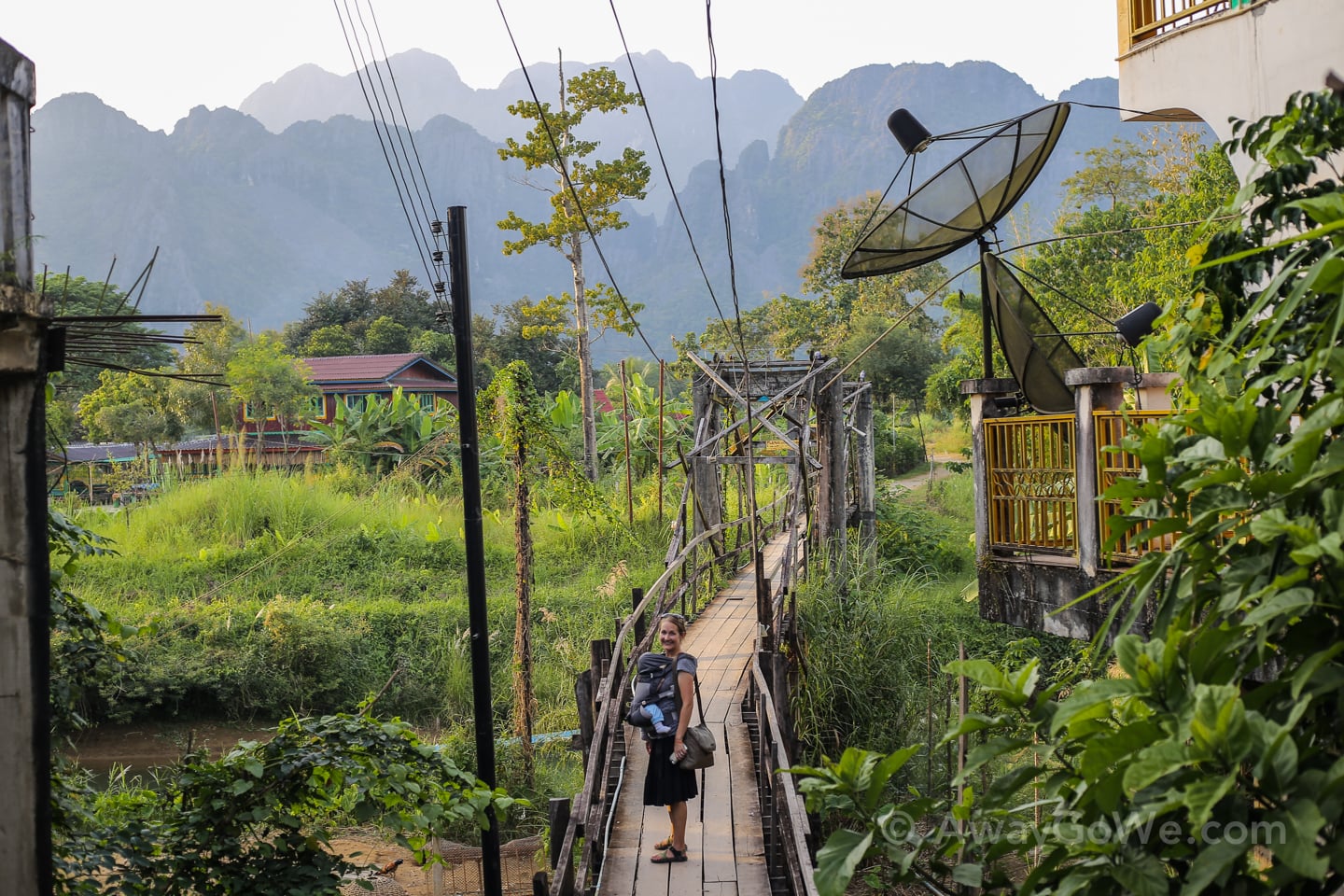
In terms of our own personal experience in Vang Vieng, we found it to be relaxing and laid back, even in the throws of a holiday weekend in high season. There are a ton of outdoor activities around town, but most would have been challenging with an infant in tow. When Noe is older, we would love to come back and kayak down the river, bicycle on the back roads and round the villages, and maybe do some zip lining. Even with an infant, Vang Vieng is a lovely place to spend a few days kicking back, strolling around the countryside and visiting the more accessible watering holes and caves in the area. Heck, to sit on the deck of a restaurant at sunset admiring the majestic karst formations with a BeerLao in hand is reason enough to make a trip here.
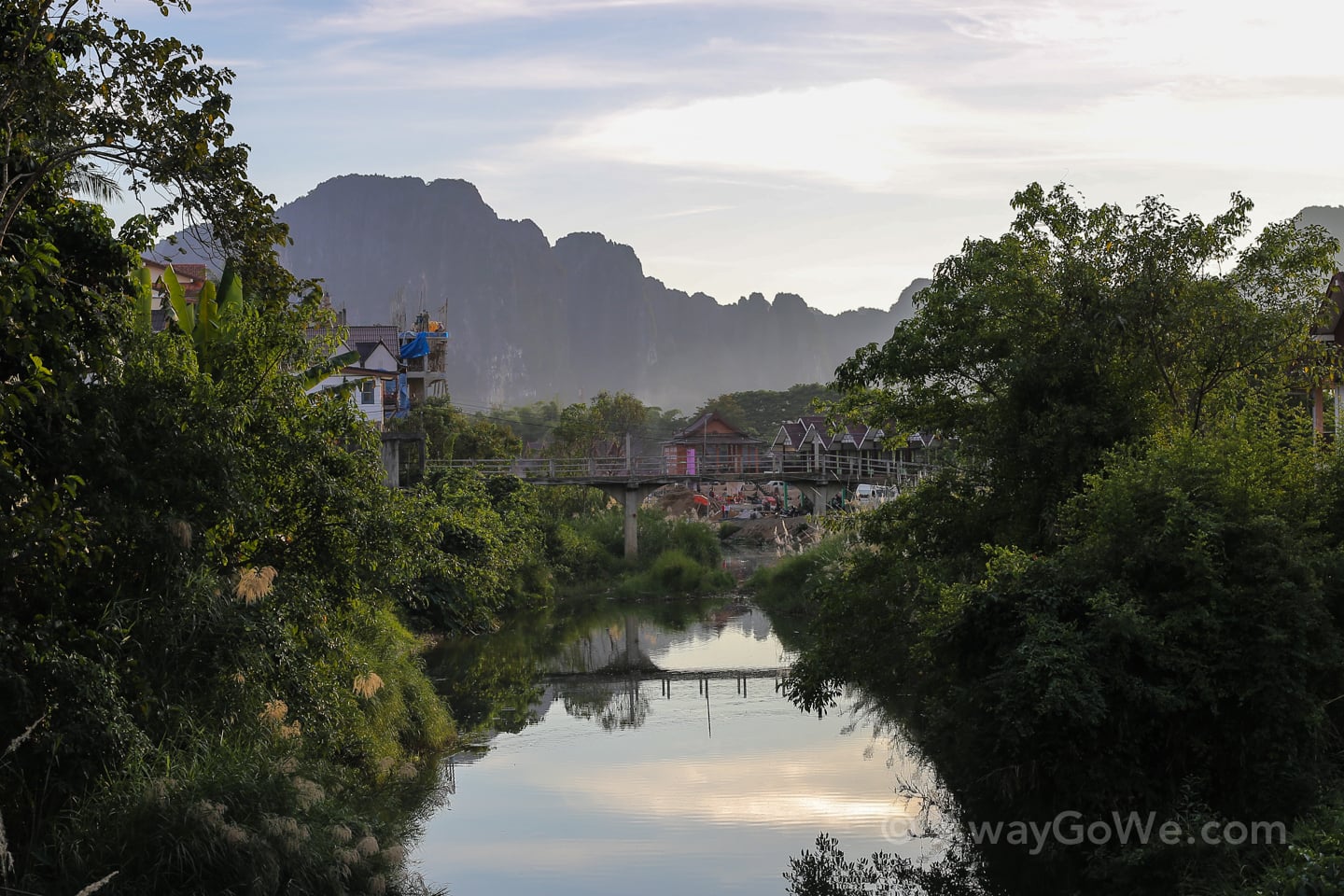
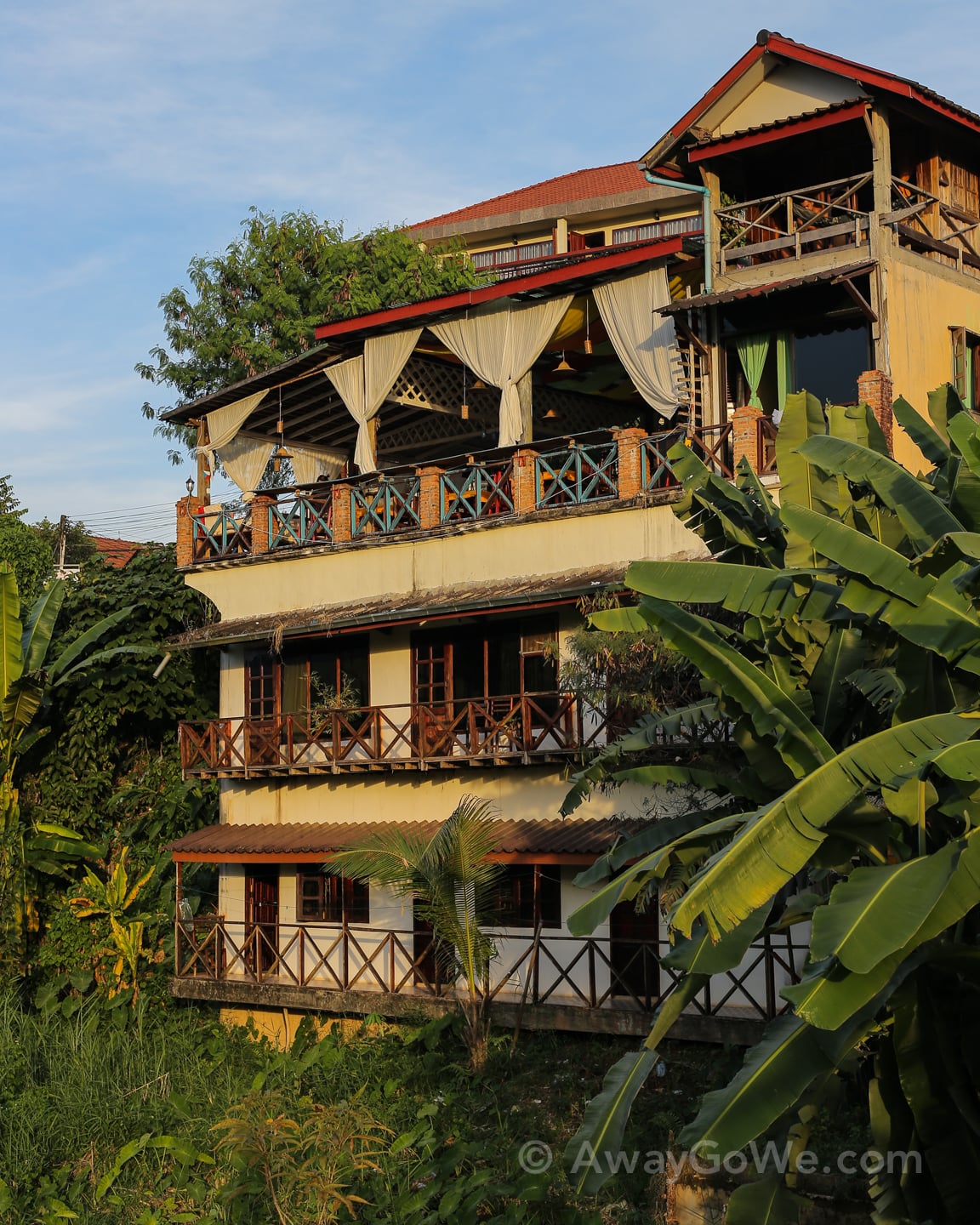
Despite signs of rapid development in the center of town in the form of luxury hotels and such, Vang Vieng still retains many of its rustic features that make it such a unique place, such as it’s many rickety bridges (most seasonal bamboo bridges), stilted basic cabanas, and large tracts of undeveloped and rural countryside. How long these reminders of simpler times will last is anyone’s guess.
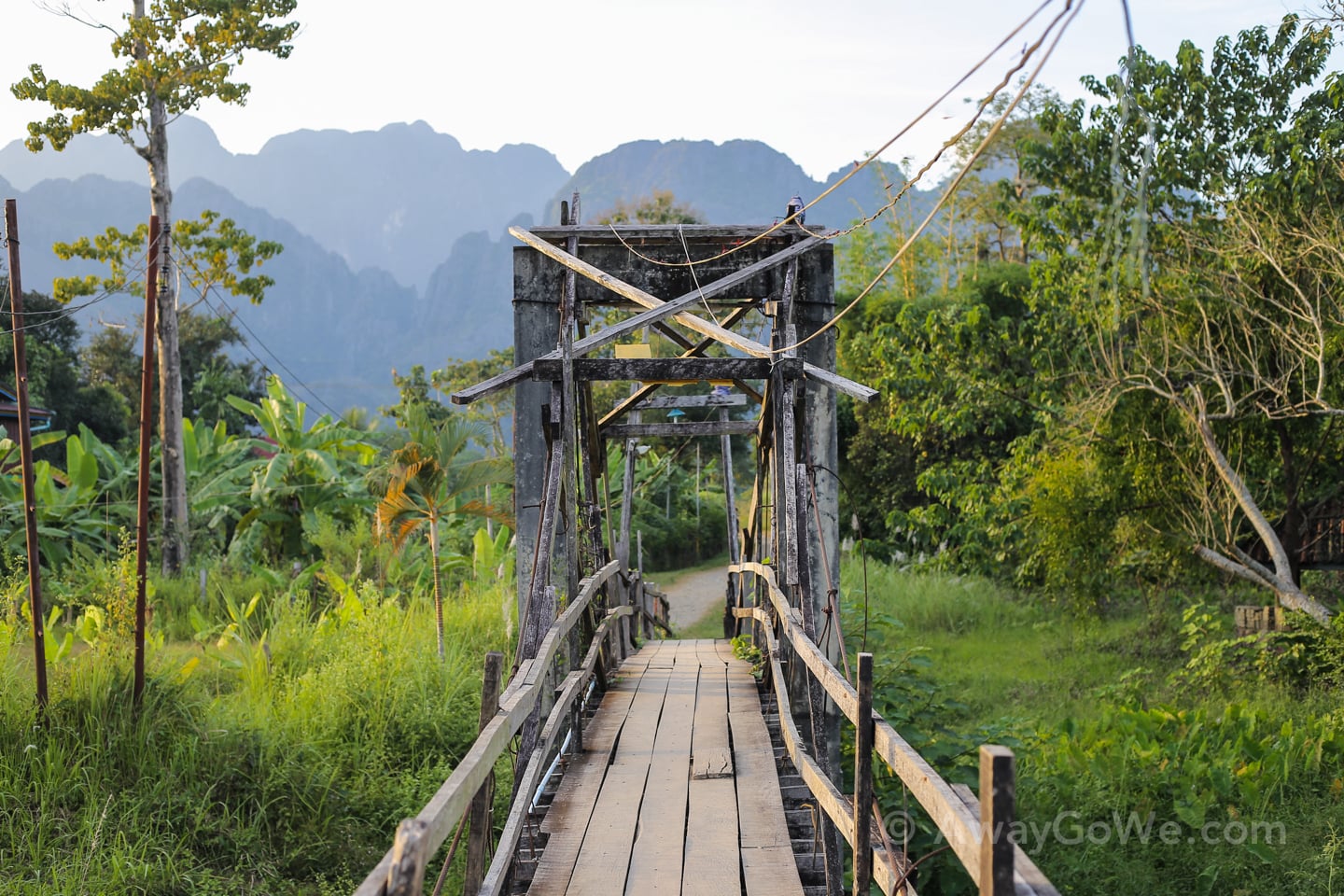
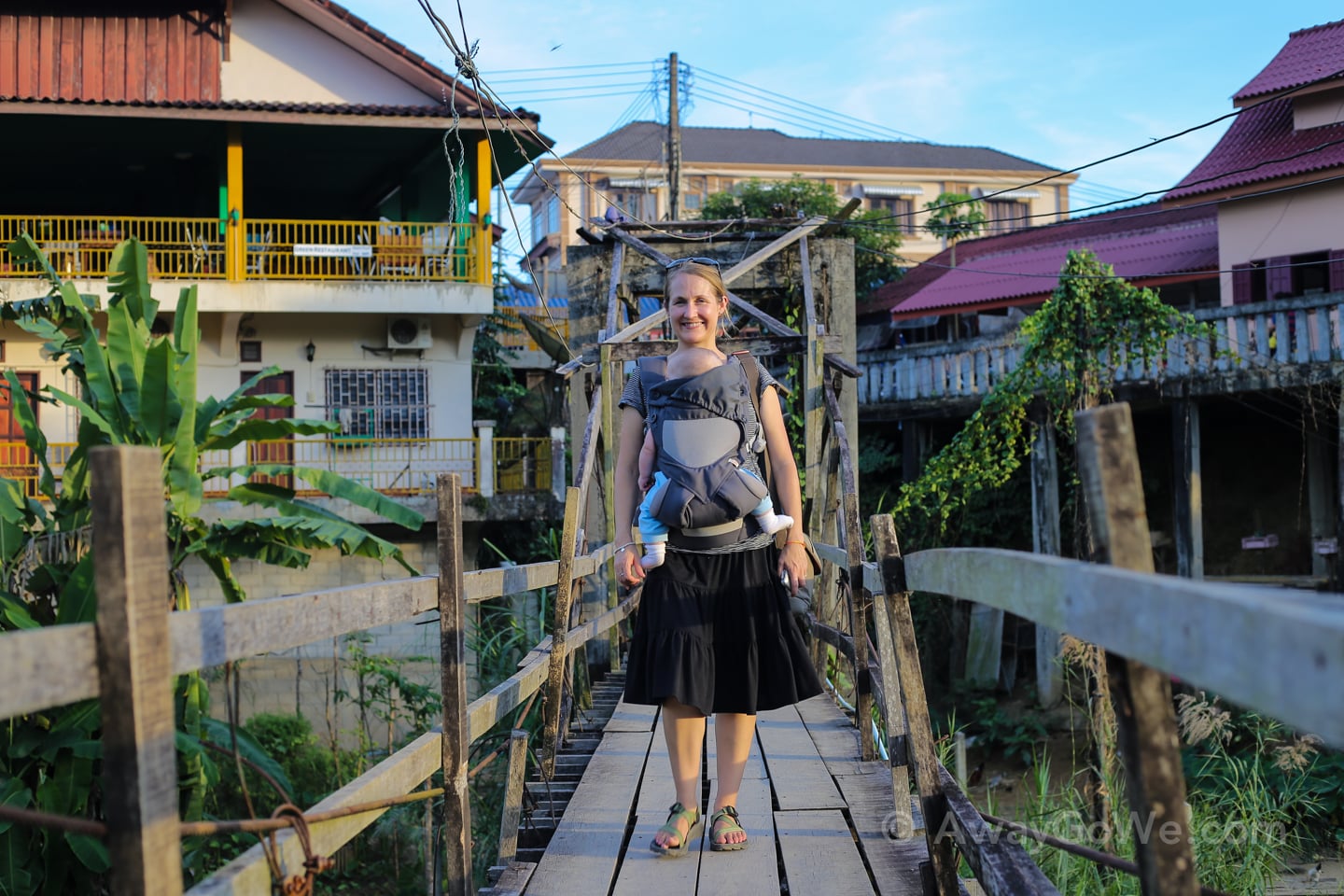
Tubing eventually made it’s way back to Vang Vieng, but with more regulation and oversight, and none of the previous riverside watering holes north of town. Smile Beach Bar, one of a handful of surviving riverside bars — is still a major hangout spot for backpackers, and perhaps the most popular place in town to catch the sunset. These days, however, the name of the game is “chill and laid back,” a far cry from just a few years back, but infinitely more agreeable to Lori and me. Noe is on the fence.
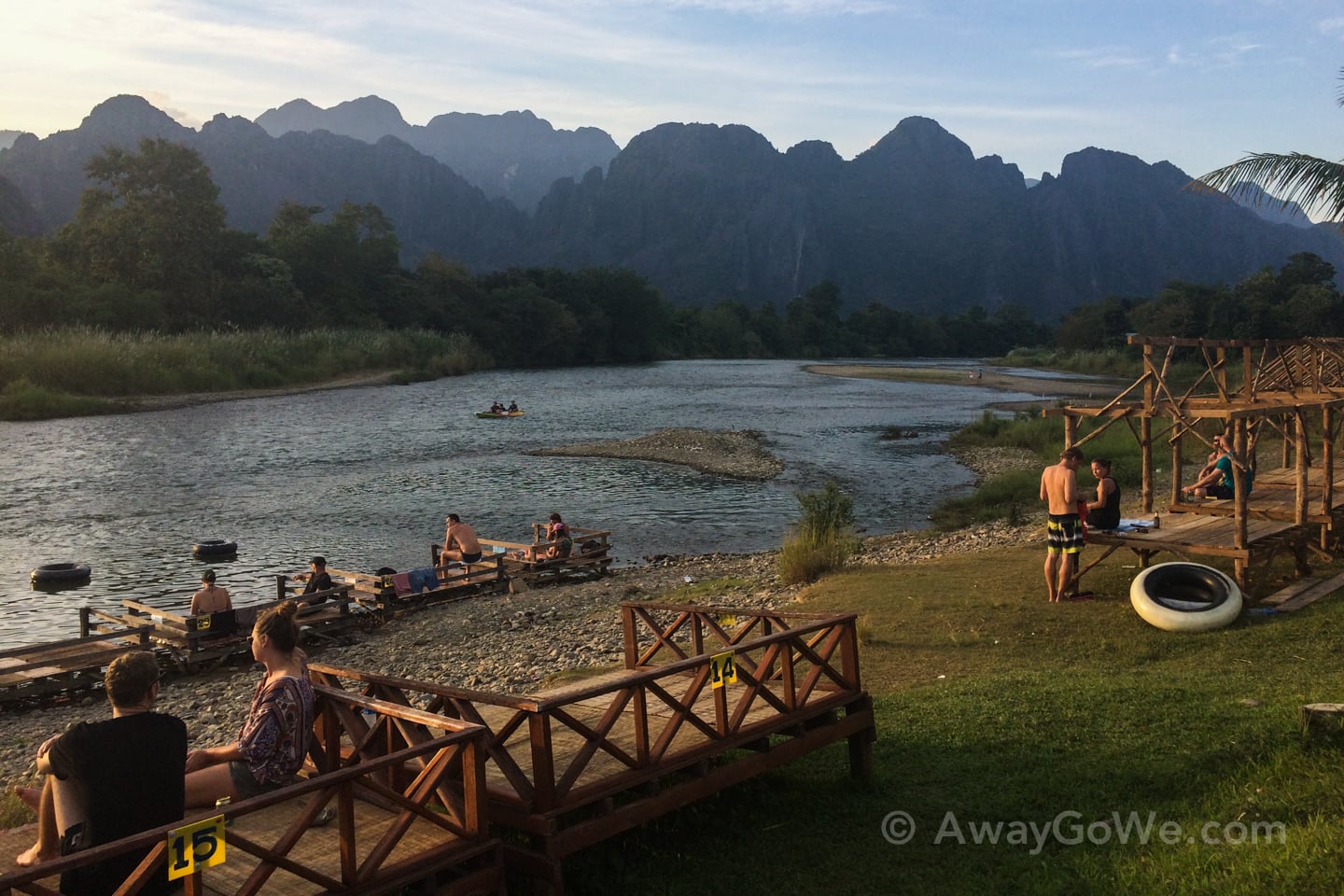
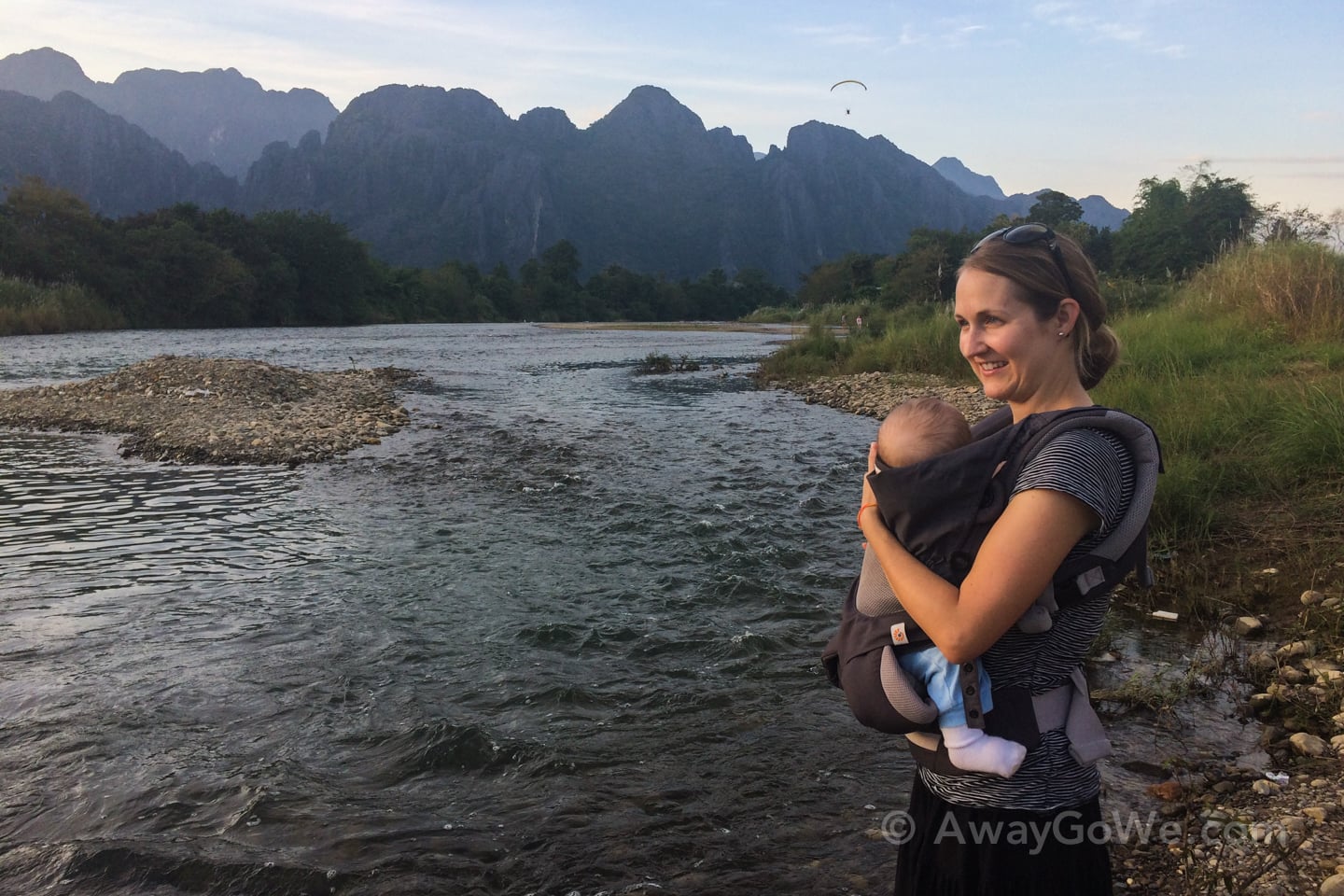
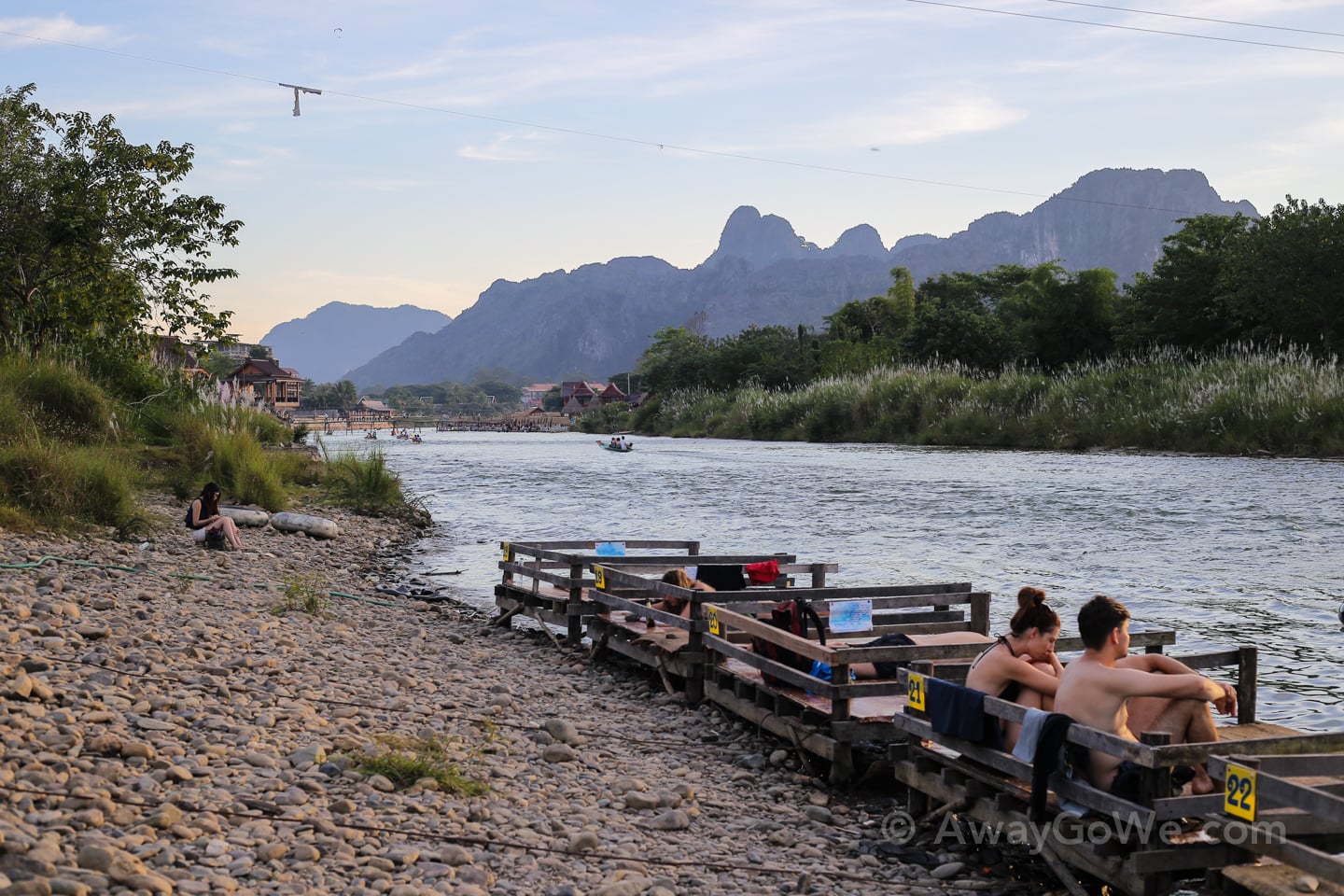
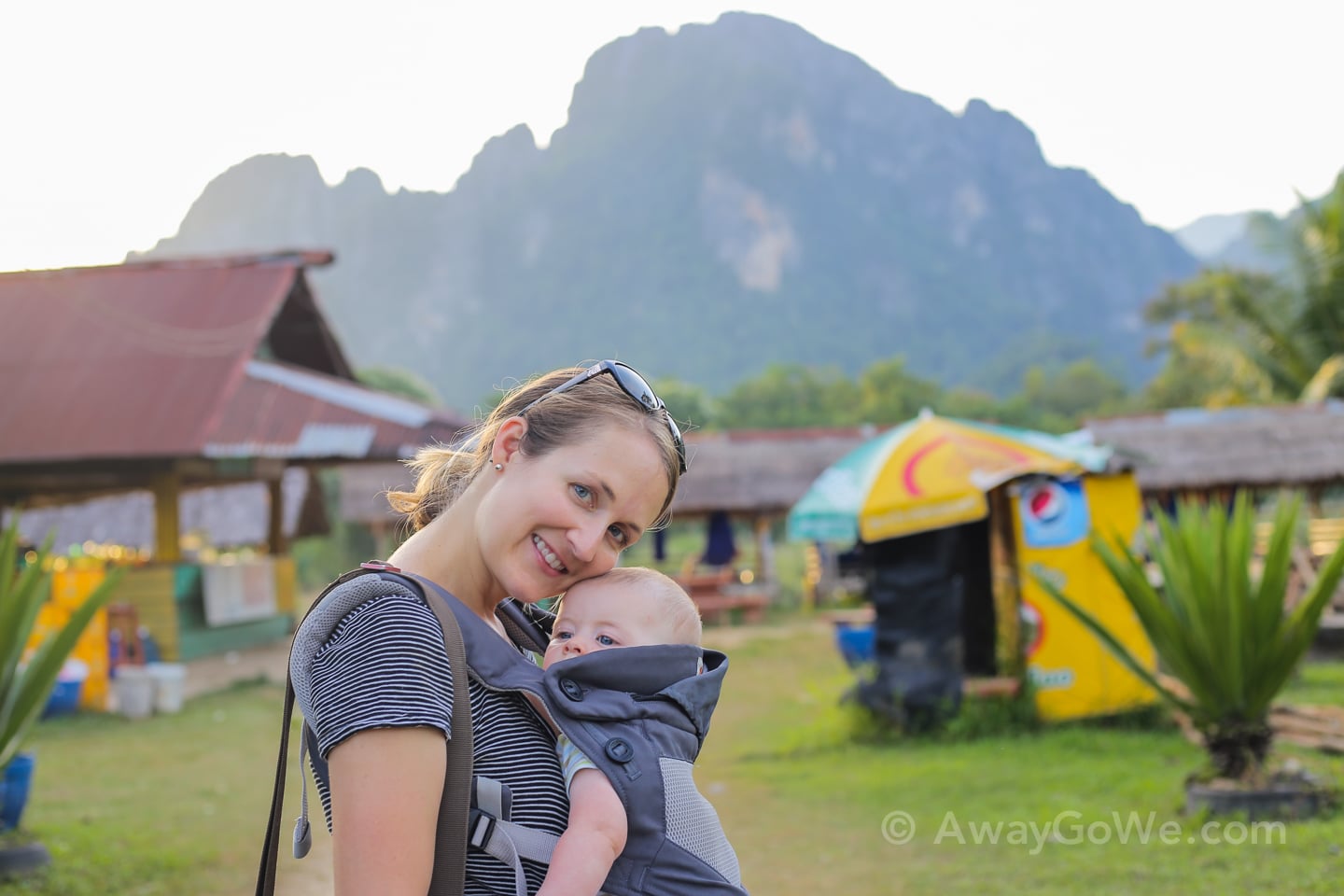
Back in town, another remnant of yesteryears — Friends on an infinite loop in a TV bar. A decade ago, there were a dozen of these places playing Friends and Family Guy on repeat for travelers coming off an afternoon of partying on the river and gearing up for the night ahead.
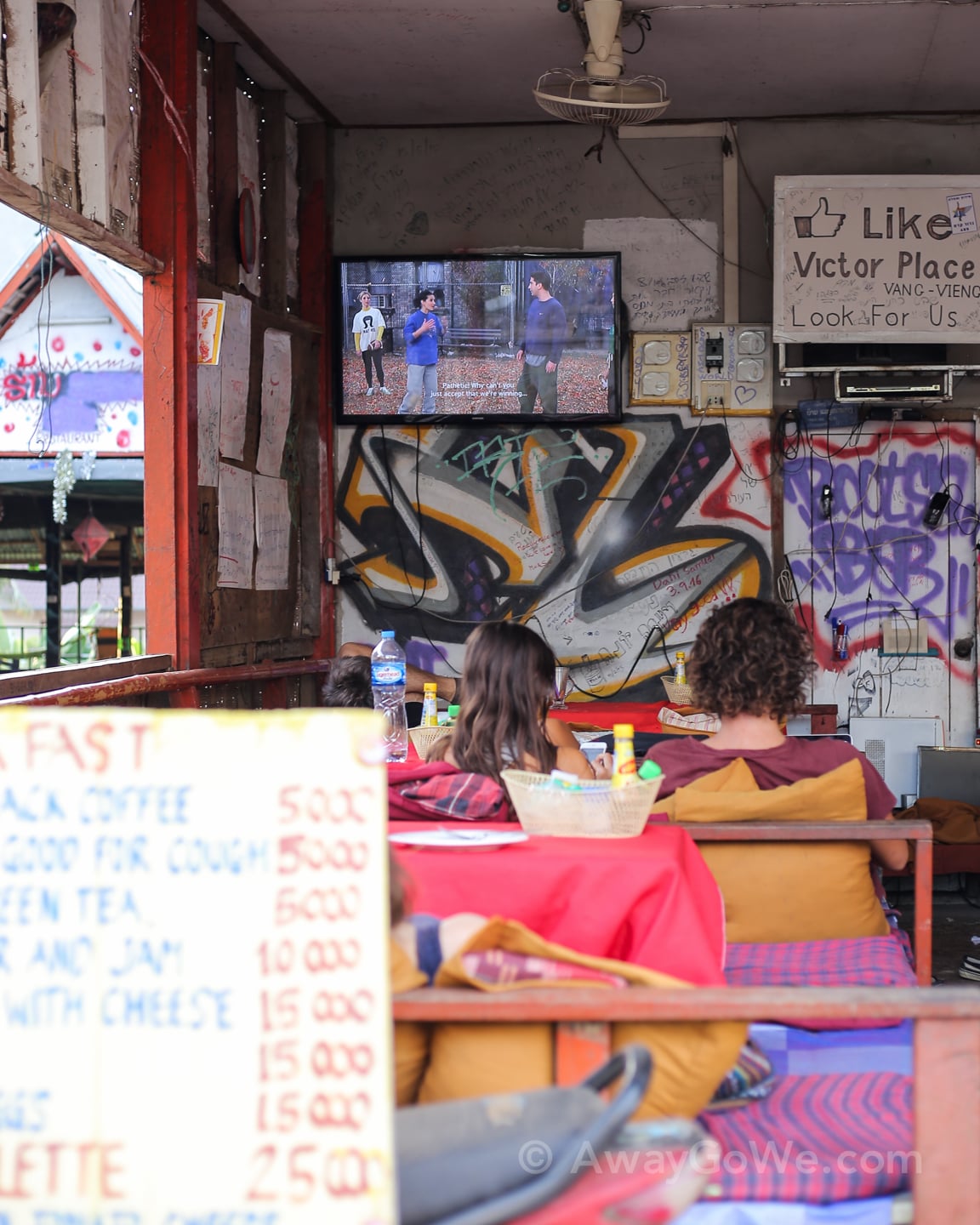
The seasonal bamboo bridge connecting both sides of the Song River in the center of town has changed much over the years. You might not believe it but this current incarnation is about as sturdy and legit as it gets. There have been many years in which the bridge lacked railing on one or both sides. Given that motorbikes and pedestrians share the narrow and rickety bridge, railing is a welcome addition, in my opinion. The strength of the bamboo railing, however, is debatable.
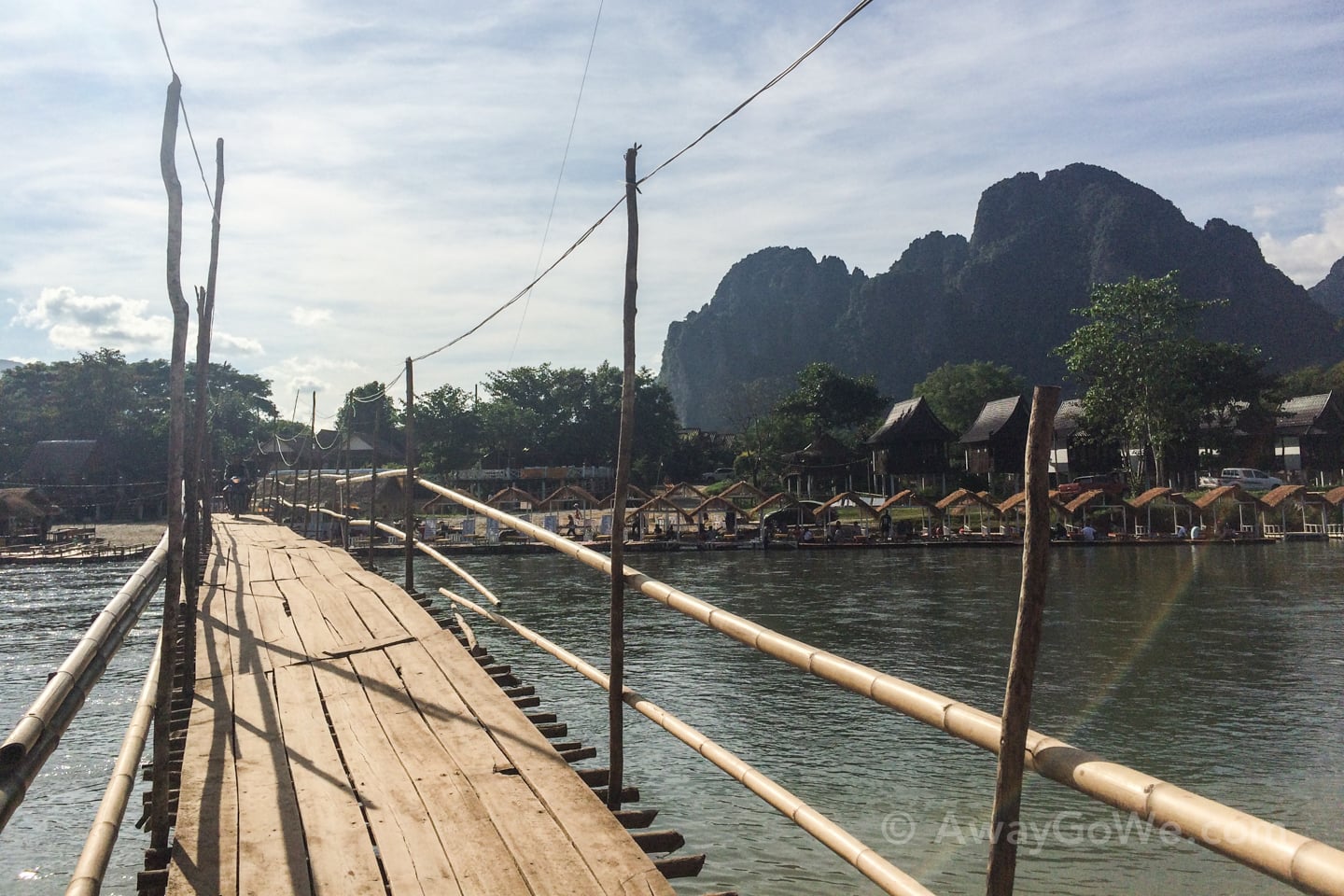
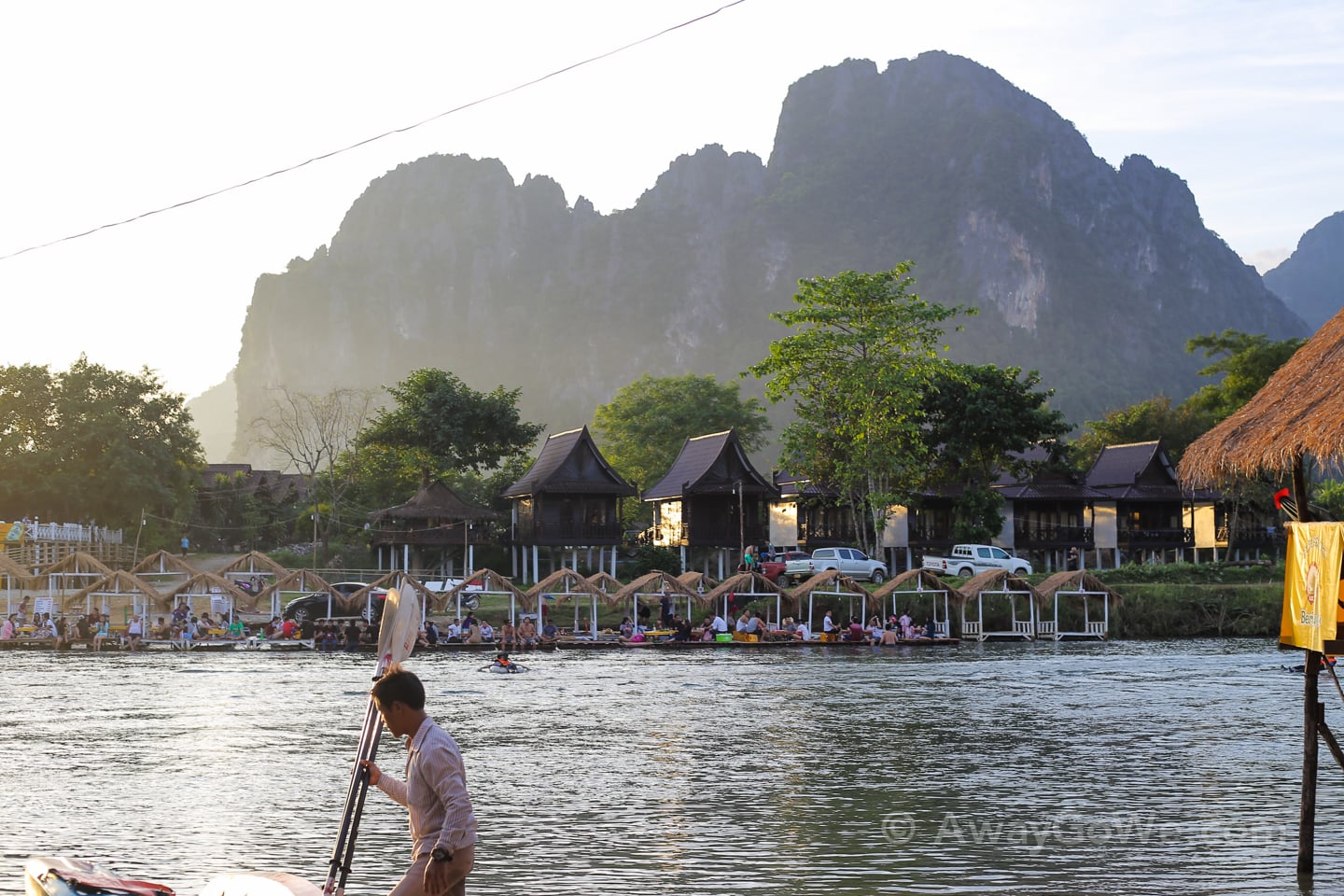
That first evening, we parked ourselves at a riverside bar in town to watch the sunset. Little did we know we were in for some serious sensory overload.
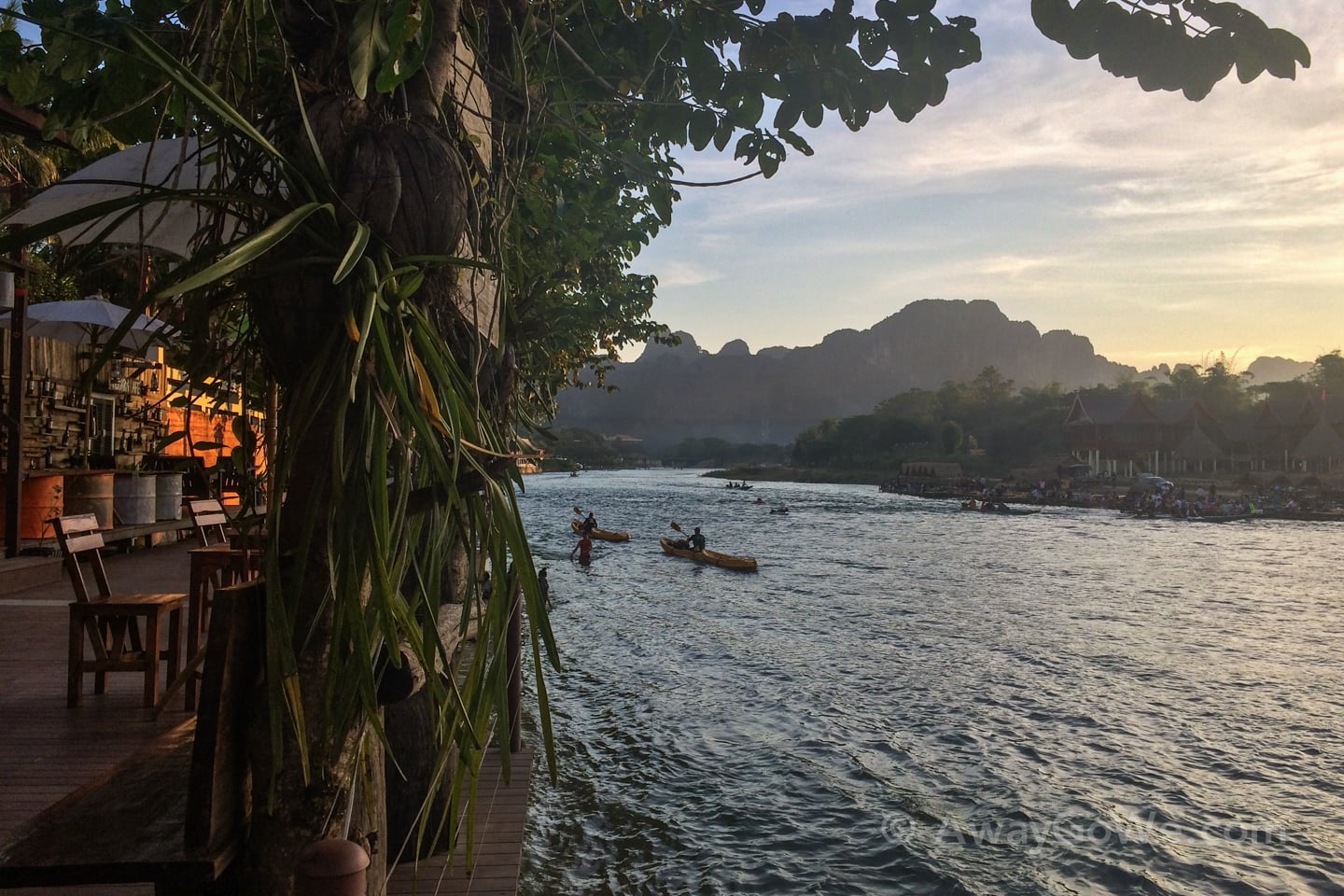
Our sundowner experience seemed ordinary enough in the beginning — evening strollers and motorbikes crossing the bamboo bridge; kayakers lazily paddling through town.
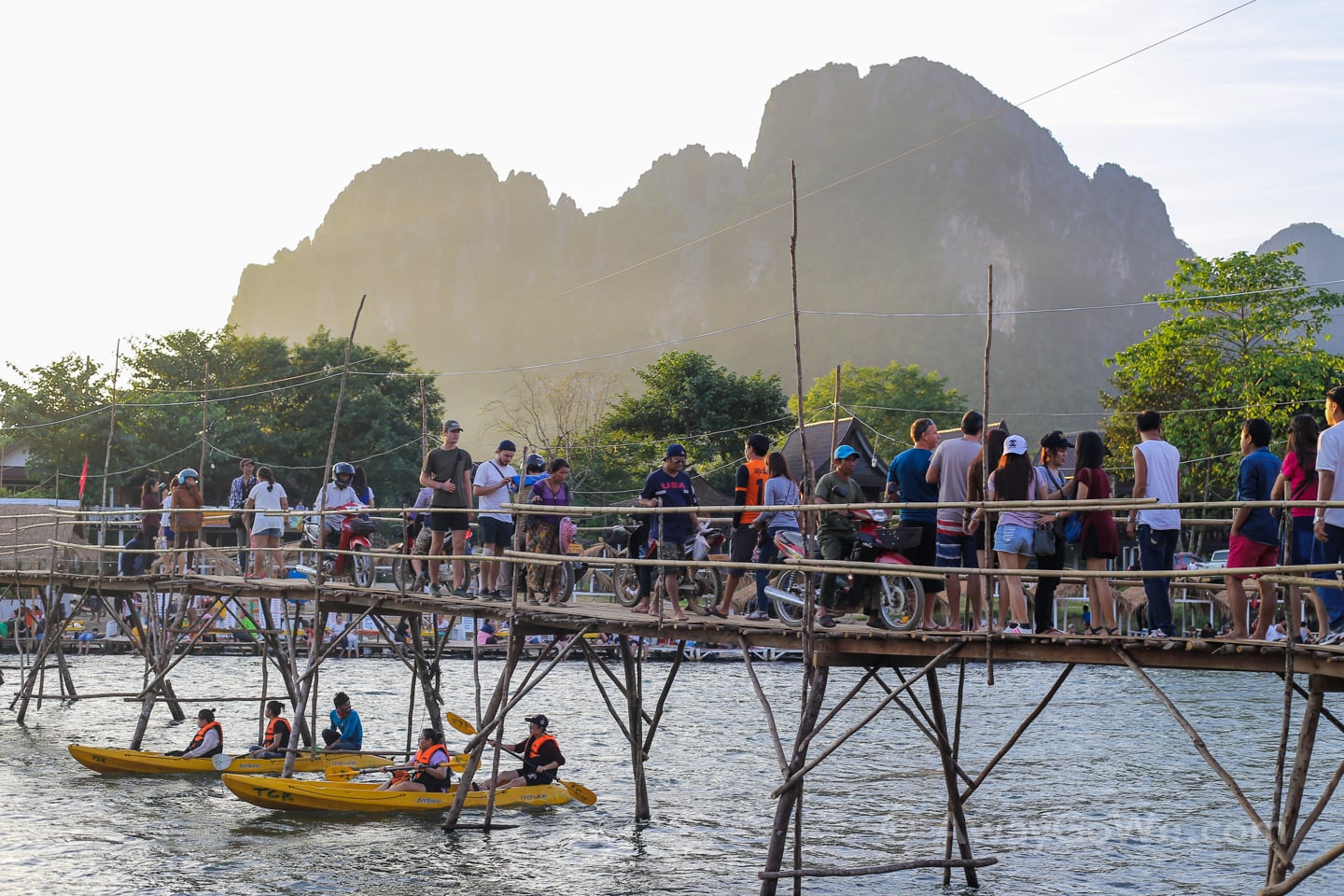
Then, a gaggle of slender motorboats whizzed by. Then a half dozen more.
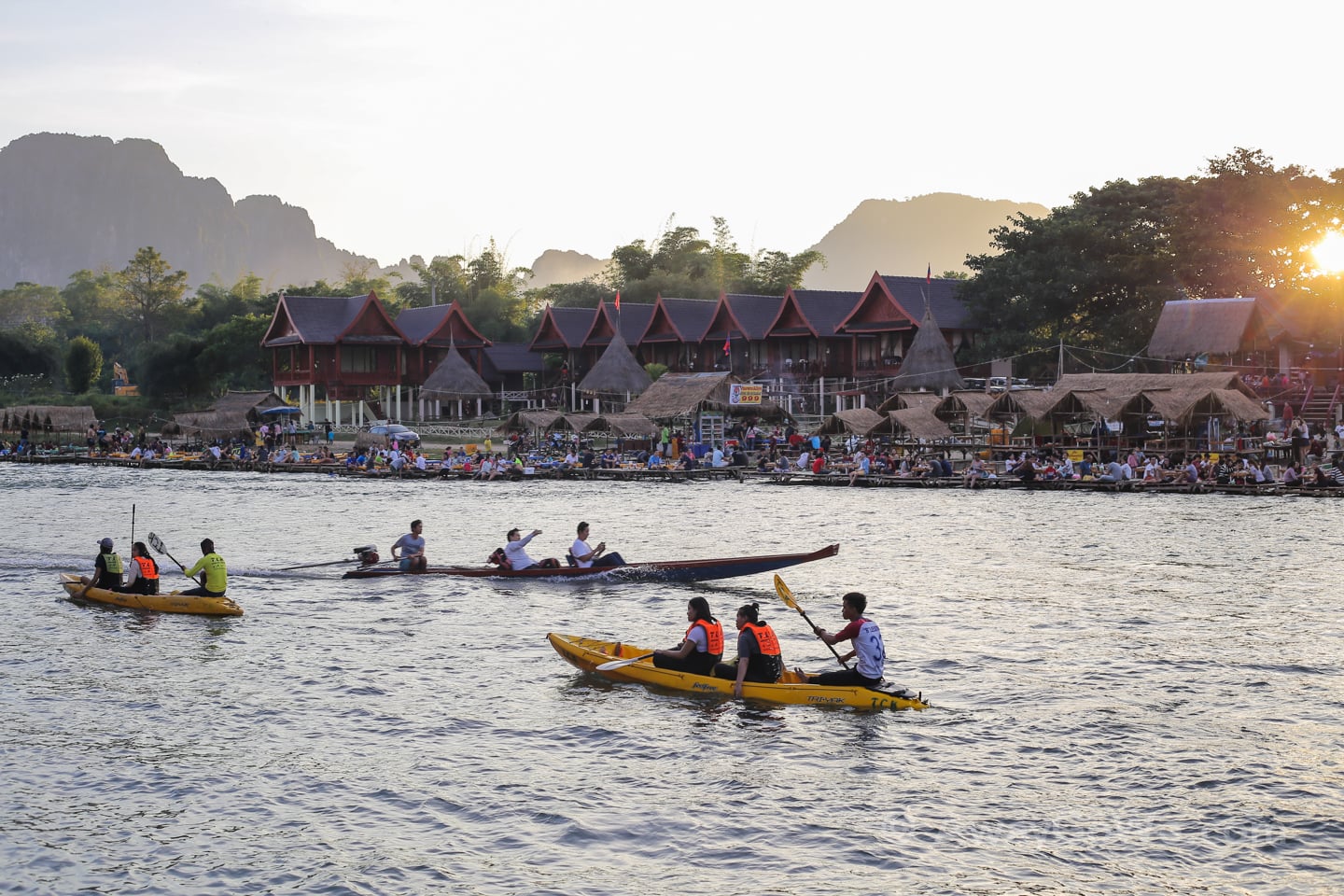
Moments later, an approaching buzzing noise in the sky caught our attention as a group of paramoters came into sight, whizzing along the river. You don’t see that everyday, but okay, why not.
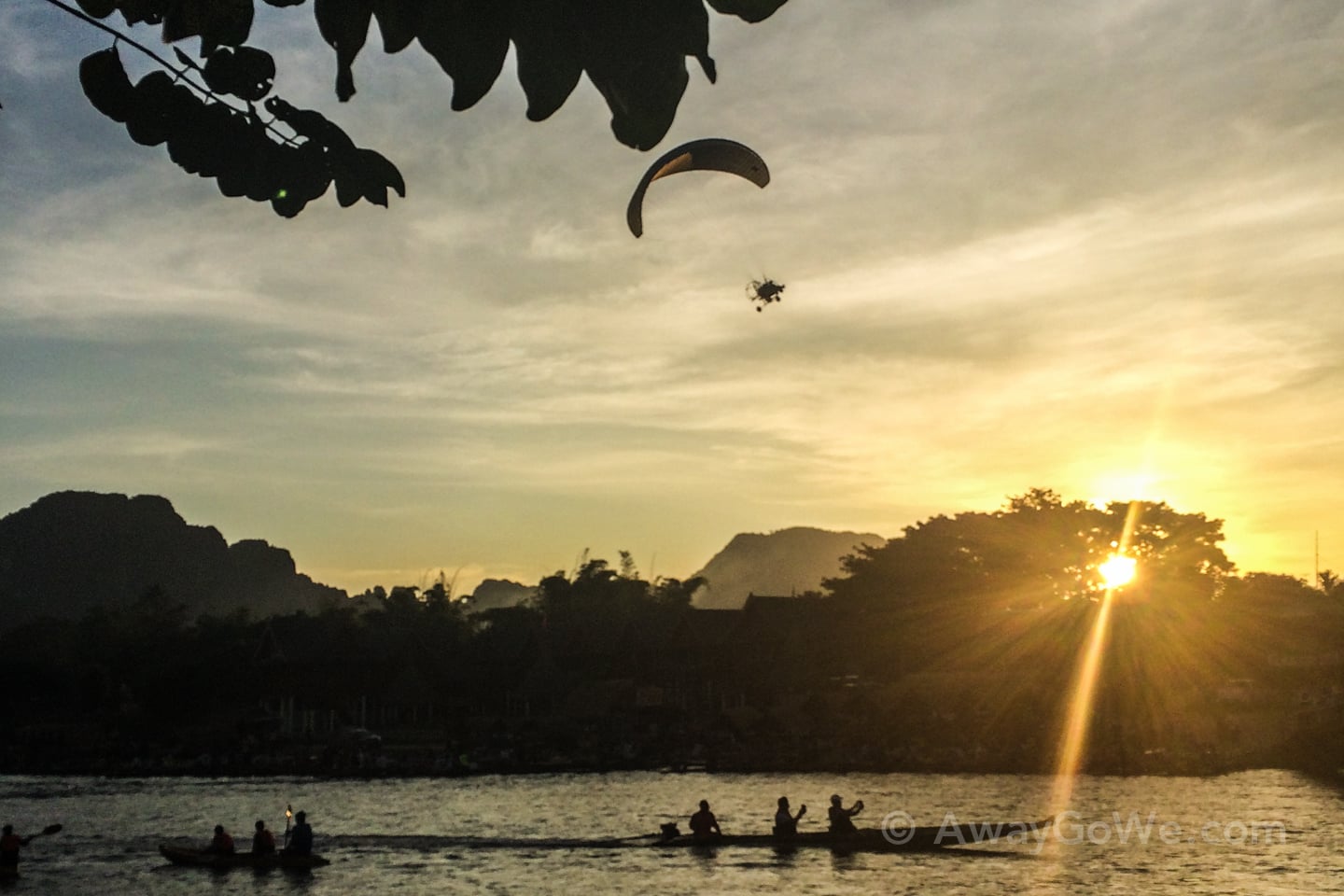
We thought that had pretty much been our excitement for night when all of a sudden we spot…
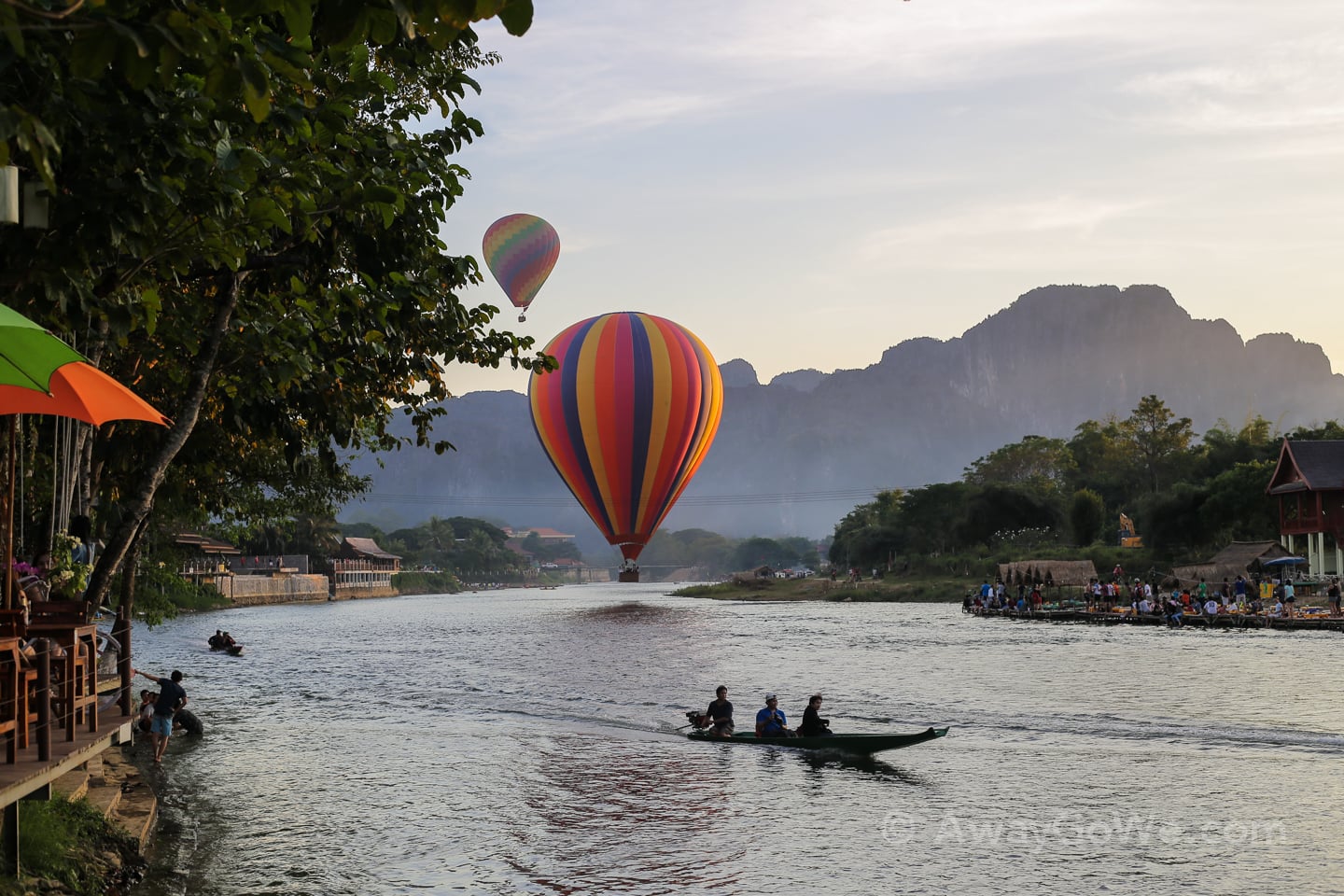
Wha…? Hot air balloons. Right. Is that one trying to land on the water? What the heck is in this beer?
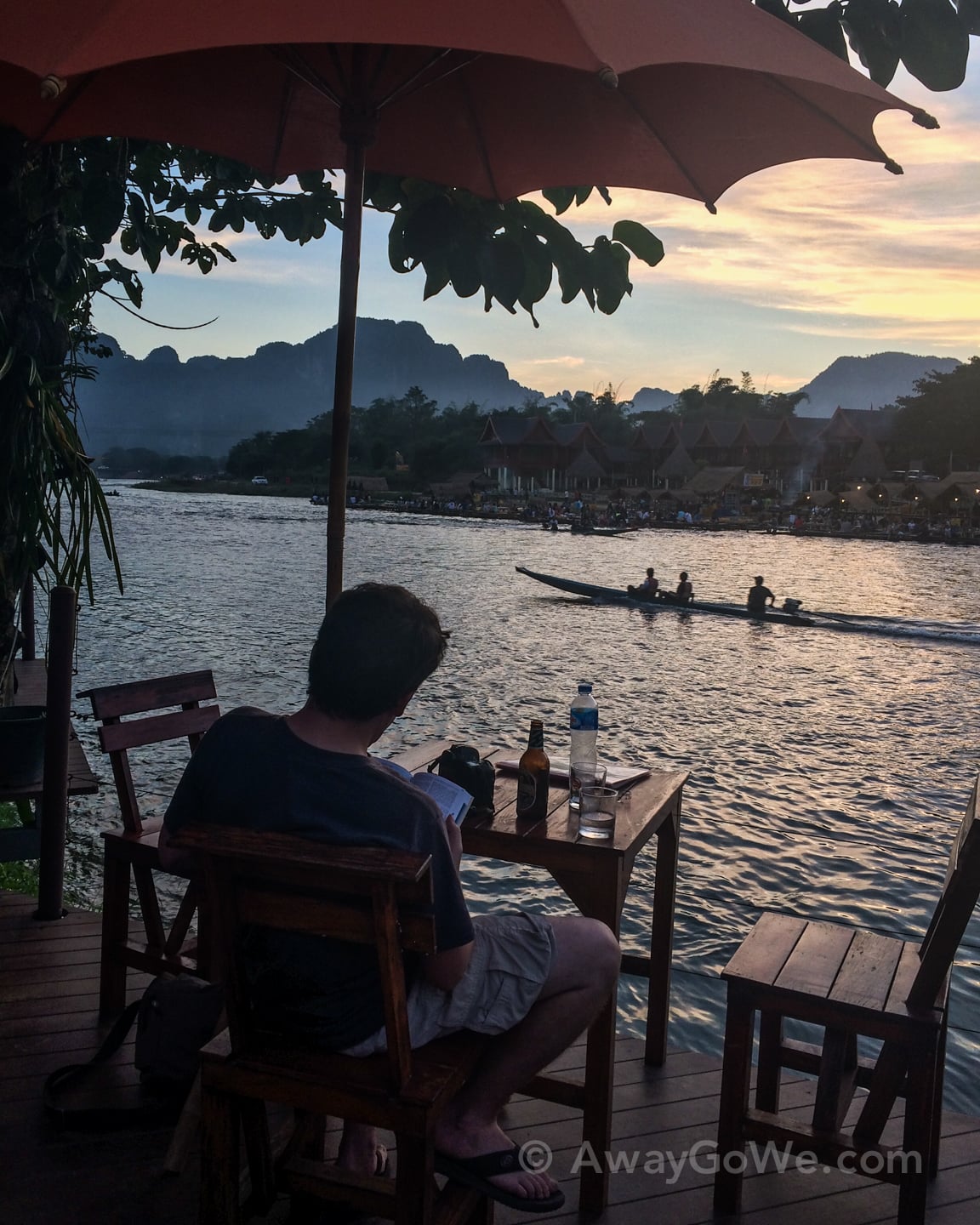
The sun quickly dropped over the peaks and, as if someone flipped a switch, calm returned to the river.
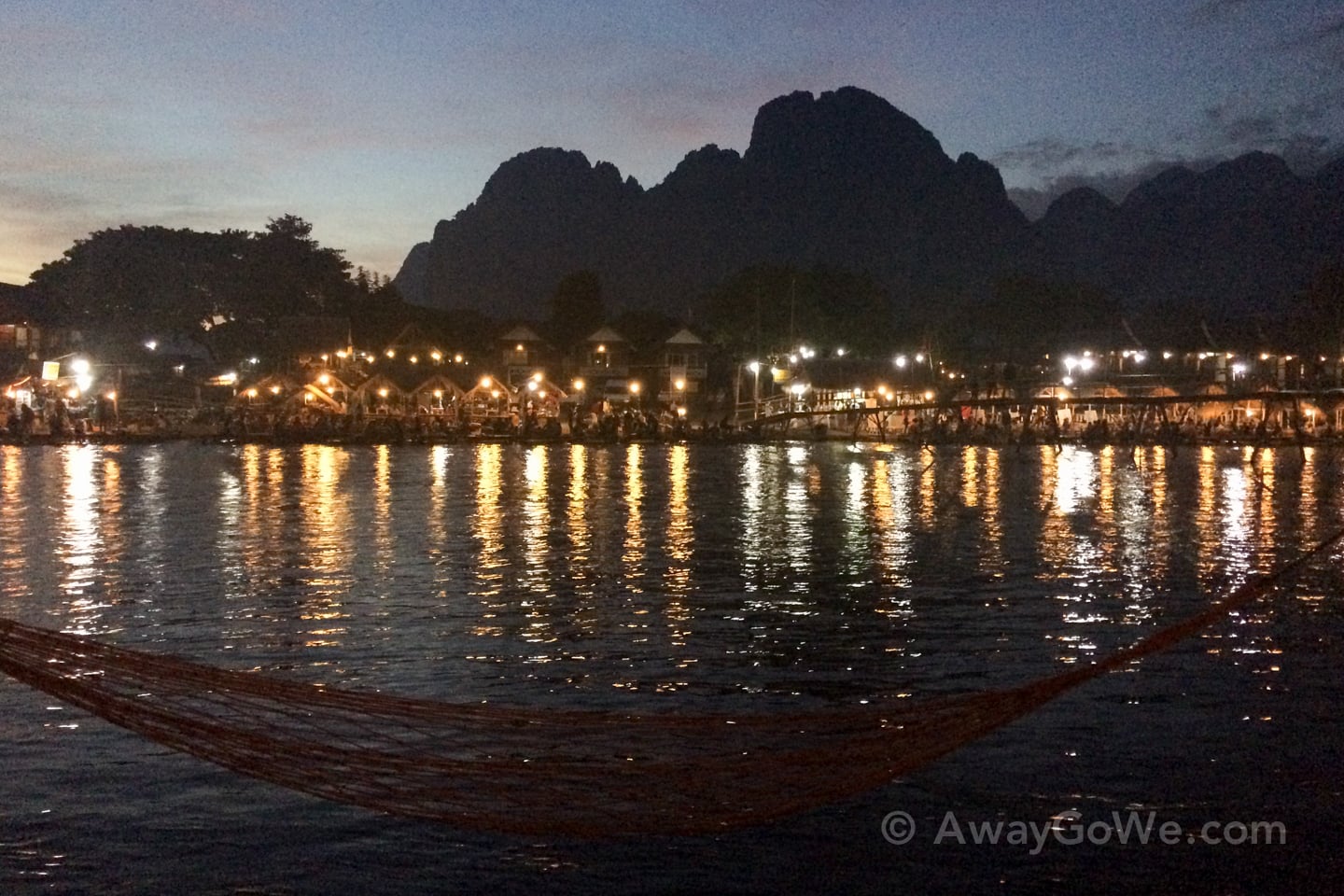
And the activity shifted to the floating dining docks along the water.
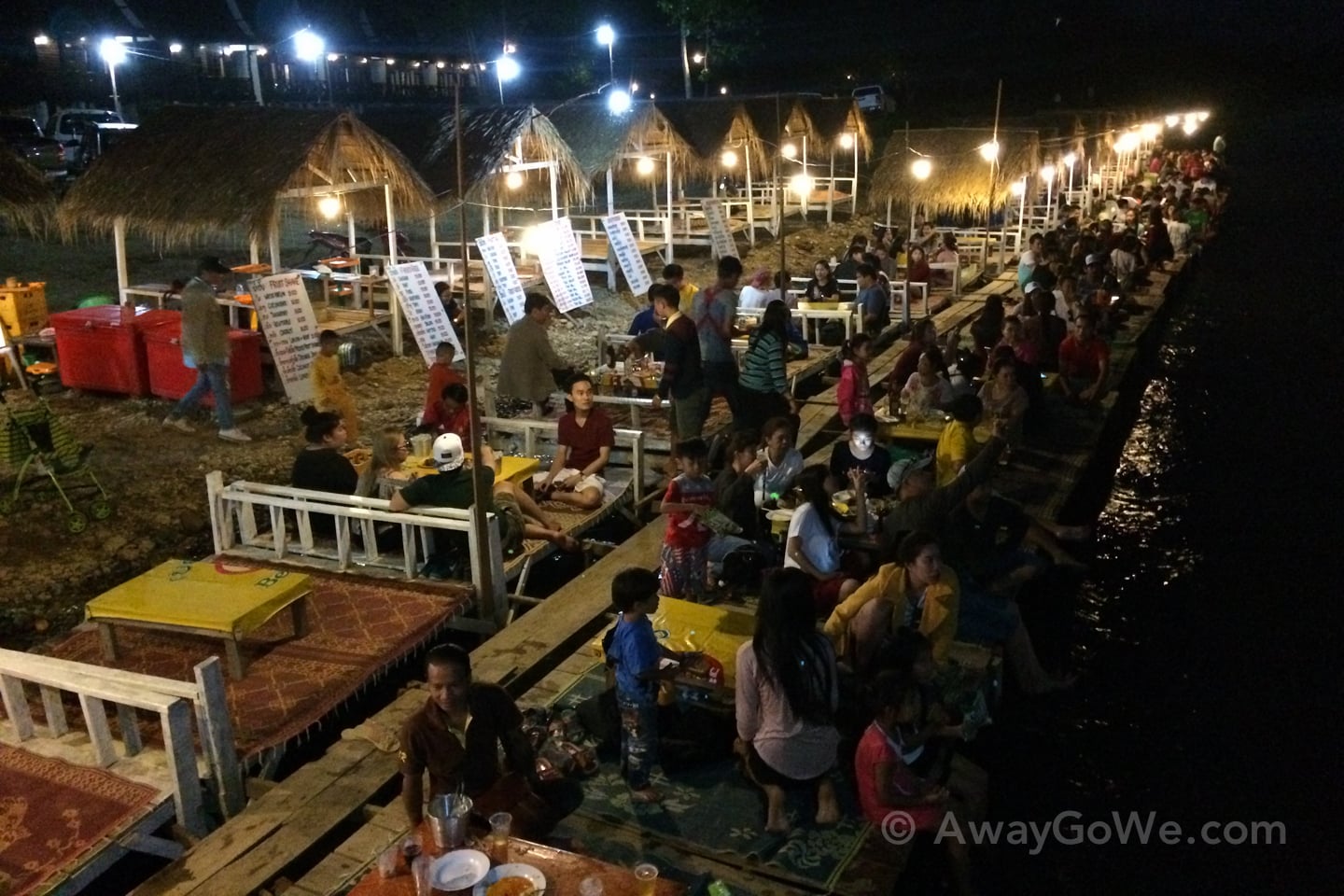
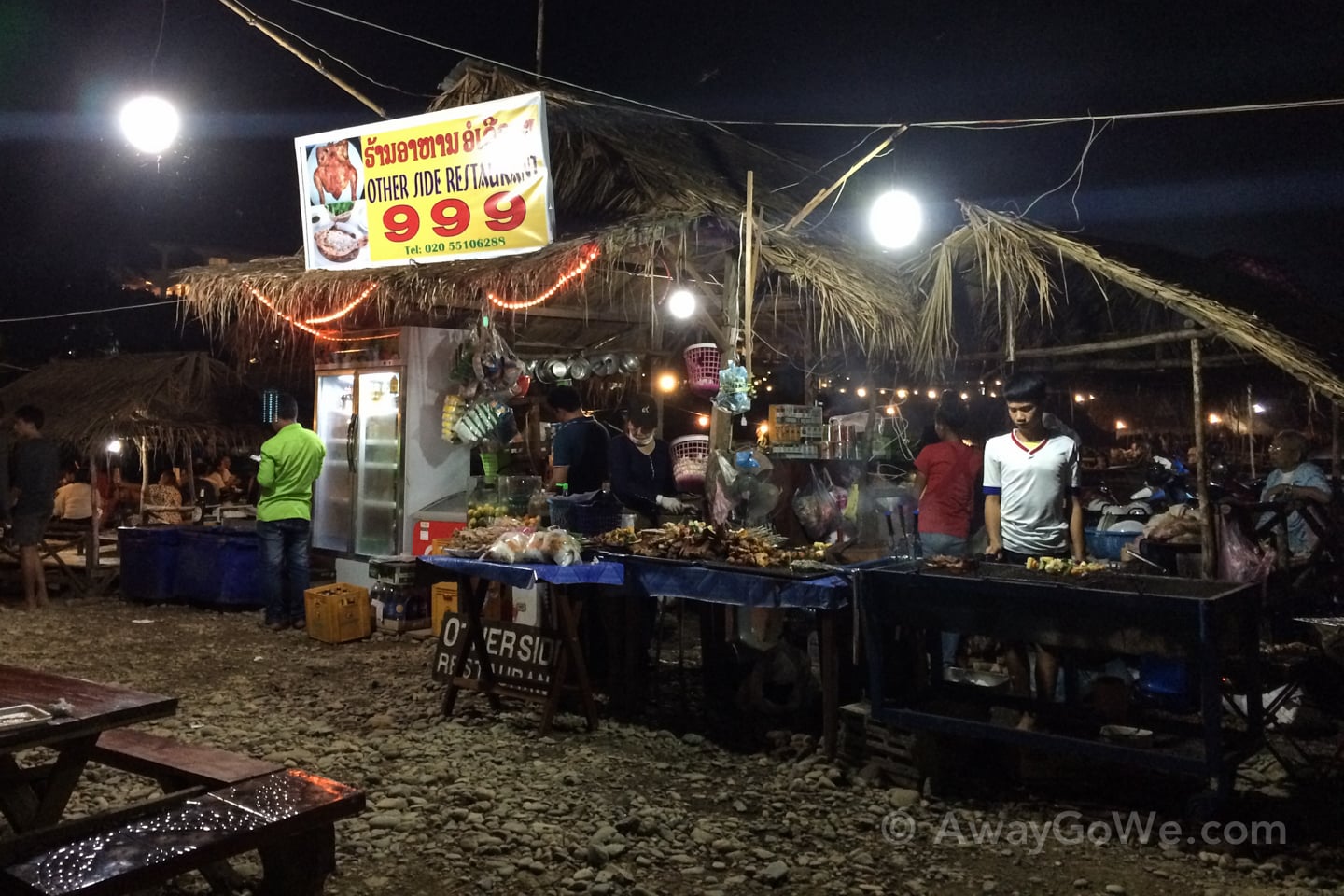
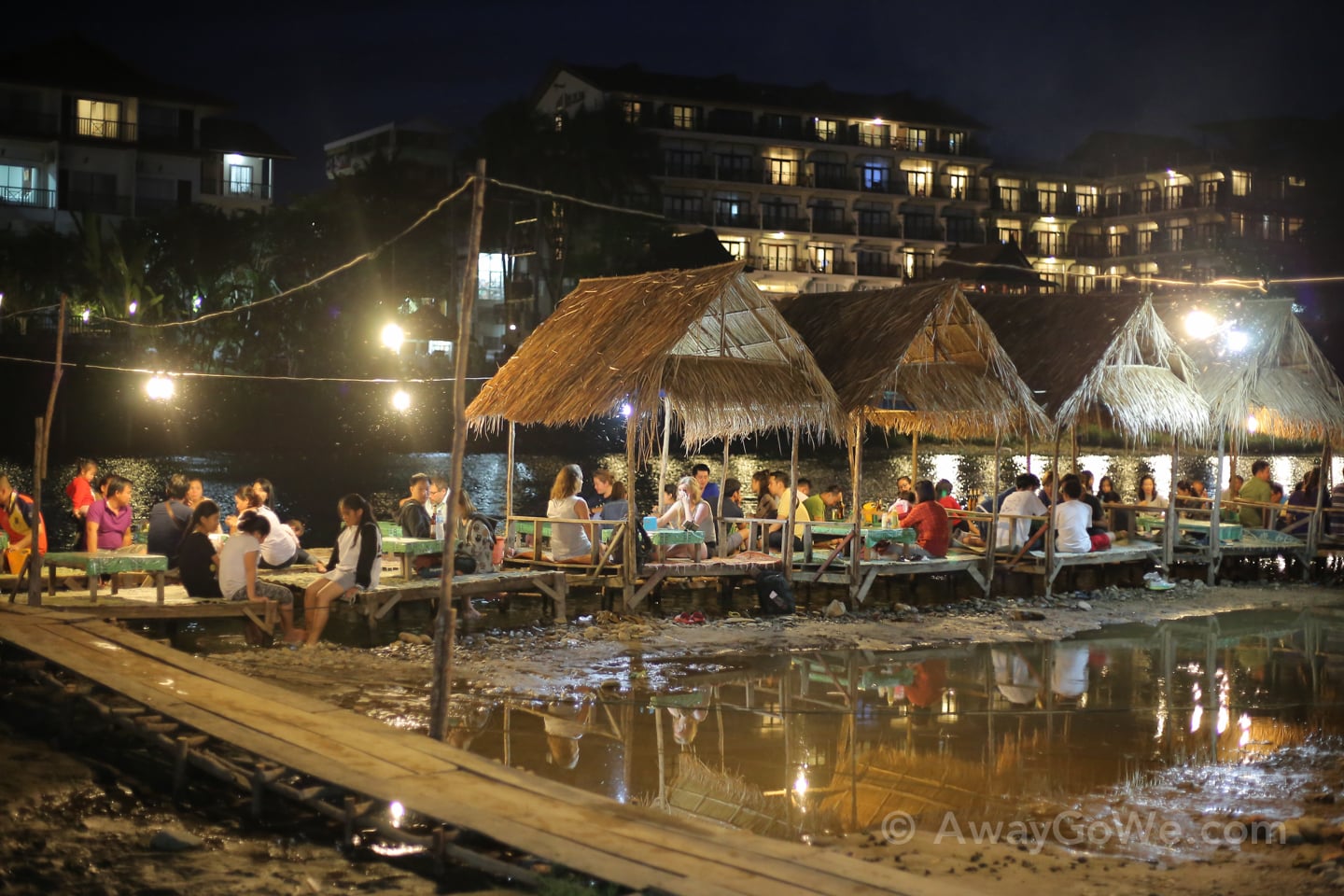
Vang Vieng may no longer be the party epicenter of Southeast Asia, but the late night munchies linger on…
